Oranjemund
Oranjemund – who wants to go to one-horse town, which is how one article described the town?!
Well, you should if you want to experience something totally unique!
‘Oranjemund’ means mouth of the Orange River and is situated in the far south western corner of Namibia.
The town is bordered in the South by the Orange river, The Atlantic Ocean on the West and to the North and East, the Namib Desert, making it a real oasis.
Oranjemund was founded in 1936 and is located in one of the richest diamond fields in the world and so the area was proclaimed ‘Sperrgebiedt’ (forbidden territory), by the then German Colonial government of the day. Hence, most of the Sperrgebiedt has remained uninhabited.
I was fortunate to visit Oranjemund on business for Namdeb, the diamond company that owns most of the town.
It was a wonderful experience – the people are friendly, the town is safe and there are jackals but mainly gemsbok wandering the streets of the town!
The gemsbok, or oryx as they are also known, enter house yards and then leave through doors or gaps in the fences...!
Although there are a few modern buildings, most of the structures date from the 1940s and 1950s, so that when travelling through the town you experience a strong sense of having gone back in time. Oranjemund has one school, one supermarket, one roundabout and one hospital, but at least six churches!
Where else will you get this uniquely special combination?!
Oranjemund: where to stay
I stayed in a lodge just outside the town called Op My Stoep – what a lovely lodge!
It's situated along the main road into town with the Orange River to the south and the desert surrounding the lodge.
I arrived on a Sunday so the owner wasn't there but his friendly pet dog kept me company for hours!
It is the old riding club clubhouse that has been converted and expanded to the current lodge.
The rooms are most comfortable
and mine had a super view of the desert dunes...
The food and service are excellent – the locals flock here for dinner so you need to book your table!
The owner, Fanie, is a great host. He is hands-on and serves behind the bar, serves the tables and takes an interest in his clients.
There is also an amazing collection of number plates and hats in the lodge!
There is a small hill behind the lodge that provides great views of the sunrise and sunsets...
When Fanie found out I was a photographer he told me about Hohenfels, which I had never heard of, and then he offered to take me there.
Hohenfels is an old German police station on the banks of the Orange River about 15 kms from the lodge.
There isn’t much left of the police station as the Government doesn't look like it's looking after the country’s heritage – normal for Africa I guess, but it’s still worth visiting, and keep a look out for the succulents that grow around the ruins.
In the 1970s, Oranjemund was at its prime with about 10 000 inhabitants. This number has dropped to about 4000 as the diamond quantity and quality has reduced.
De Beers really looked after their staff members, who all received free housing and because the town is so far away from Windhoek and Cape Town, many recreation clubs were built for the employees. Tennis clubs, gun clubs, golf clubs, yacht clubs, you name it, there was a club!
Fanie has a few old sketches of Oranjemund landmarks in his restaurant that were drawn by a 'Johns'.
I went to find these old landmarks and most of them have remained unchanged since they were drawn in the mid-1980's…!
Pink Pan had dried up when I was there but the flamingos were still there - at the mouth of the Orange River (the buildings in the background are Alexander Bay in South Africa).
And off course, the gembok are still roaming around the town...!
|
"Quite simply, the Photographers Guide to Etosha eBook is an absolute must-have for those travelling to Namibia with the intention of taking stunning photographs of the wildlife congregating around the waterholes of Etosha. The authors are real experts on advising how to get into the right position, at the right time to effectively capture your subject" - Rhys Powell, Namibia Tourism Board, UK |
Oranjemund Golf Club
It seems that the Oranjemund Golf Club (OGC) is one of the few clubs still going.
You will also see a lot of warning signs about animals crossing and that's because they feed on the lovely lawns...!
Keep in mind that there are predators like black-backed jackals and brown hyenas that prey on the the antelope and ostriches, hence you'll see these bones near the golf course.
Oranjemund Museum
The museum has some interesting artifacts from days gone by, including a German map showing the diamond areas or concessions in the Serrgebied. What's interesting is that the areas are circles and not squares so they overlap and what happens to the areas outside the circles?
Even though the company looks after its staff members, there will always be people, inside and outside the company, trying to steal diamonds so if you are in Oranjemund, it’s worth visiting the museum where they have many amazing ways that employees have stolen diamonds and then been caught, from using homing pigeons to crossbows!
Despite the town shrinking, the encroaching desert and the diamonds running out, the town still has a lot to offer.
There are secluded areas along the banks of the Orange river where you can camp or picnic, such as at Hohenfels, there are large sand dunes around the town that will appeal to the 4x4 crowd and sand-boarders alike, the Orange River has a bird-abundant wetland for birders and there is the Sperrgebiet National Park.
In order to visit the town you used to need a police clearance and apply for a permit but they realised that if the diamonds do run out the town will die so, as from October 2017, you no longer need a police clearance or permit - just a passport to enter the country and then you can enter Oranjemund, which is now an open town.
Spar is the only supermarket in town and when I was shopping there I met one of the owners, Mike Alexander, who is so passionate about Oranjemund.
He provided me with so much history of the town and said that the residents are excited about the town opening up to tourists, but they are also anxious as crime could increase with whole lot of other negatives but generally, they are positive.
Mike also told me that a Portuguese ship, the Bom Jesus, had been discovered by Namdeb over 10 years ago, but the ship has been stuck in a warehouse instead of being put on show!
If the Namibian government wants the town to take off as a tourist destination, they should also offer something unique like this ship for tourists to see and photograph.
How to get to Oranjemund
Oranjemund does have an airport, but there are currently no direct flights from South Africa. You would need to first fly to Windhoek and then catch Westair to Oranjemund.
The flights are, however, unreliable and if there’s fog in Oranjemund, the plane cannot land so we suggest you rather drive.
From Etosha or Windhoek, head south on the C13. It's an 825 kilometre trip from Windhoek so we suggest you stopover at Sossusvlei, Kolmanskop, Fish River Canyon, or one of the other attractions along the way.
From South Africa, it's a 1400km trip so you can either drive all the way or fly to Upington and then drive the remaining 600 kms to Oranjemund.
From Upington you will go to Kiemoes, Kakamas, Pofadder, Springbok, on the N14, then to Steinkopf on the N7, then turn left to Port Nolloth and finally right to Alexander Bay.
Just three kilometres past Alexander Bay is the South African border where you will cross the longest privately-owned bridge in the world!
Return from Oranjemund to Capturing Namibia page
To make a safari rental booking in South Africa, Botswana or Namibia click here
"It's 768 pages of the most amazing information. It consists of, well, everything really. Photography info...area info...hidden roads..special places....what they have seen almost road by road. Where to stay just outside the Park...camp information. It takes quite a lot to impress me but I really feel that this book, which was 7 years in the making, is exceptional." - Janey Coetzee, founder of CAROK (Camps and Roads of Kruger) South Africa
"Having a passion for the region itself and having to know about all dynamics, water holes and ideal roads for a period of 6 years - I wish I had this guide on my first trip already!" - Morkel Erasmus, Secunda, South Africa
"Mario and Jenny take you to places that are not always visited, and their descriptions of the more remote camps will allow you to make an informed decision without wasting time and money" - Bob & Sherry Shepardson, DeBary, Florida, USA
"Your time and money are valuable and the information in this book will help you save both." - Don Stilton, Florida, USA
"I highly recommend the book to anyone visiting Etosha National Park to photograph the animals - or anyone considering an African photography safari in the future." - Anne Darling, Cognac, France
"As a photographer and someone who has visited and taken photographs in the Pilanesberg National Park, I can safely say that with the knowledge gained from this eBook, your experiences and photographs will be much more memorable." - Alastair Stewart, BC, Canada
"This work is so much more than an eBook, because it is also a guide, a tutorial, an inspiration and a must-have for anyone interested in wildlife photography" - Findtripinfo.com, USA
Photo Safaris on a Private Vehicle - just You, the guide & the animals!

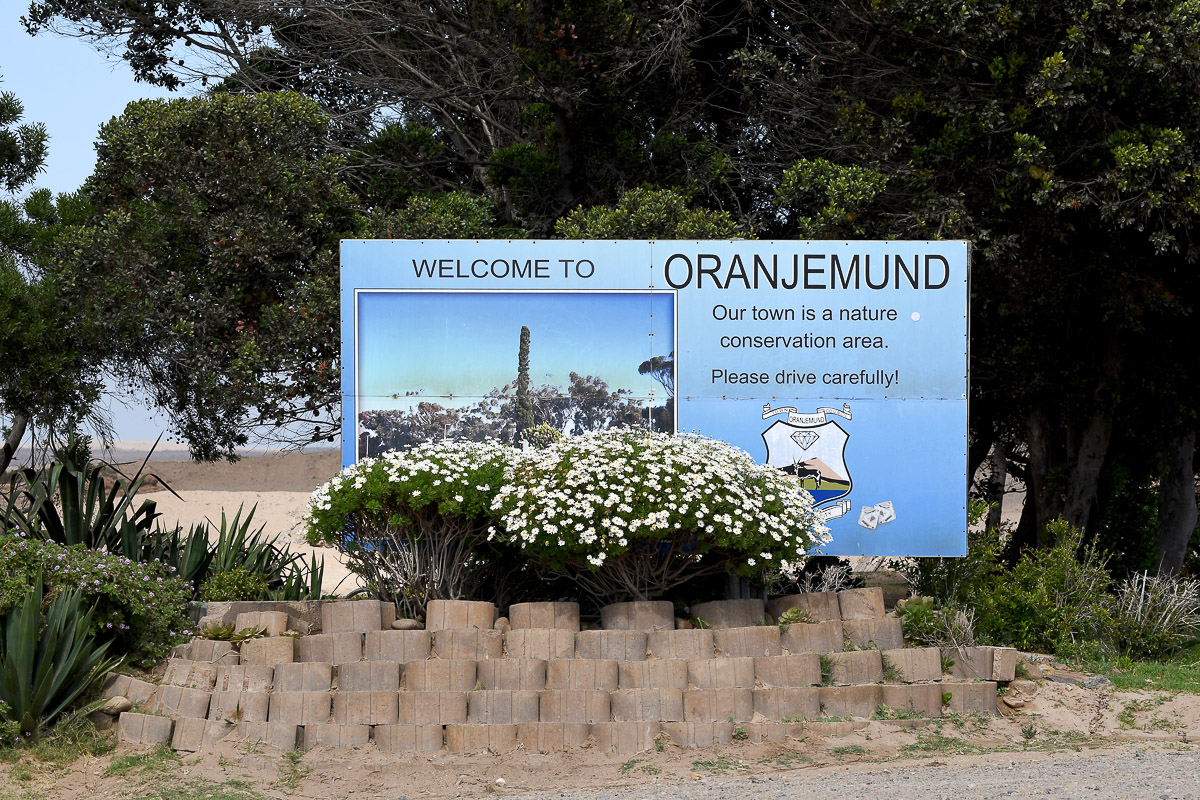
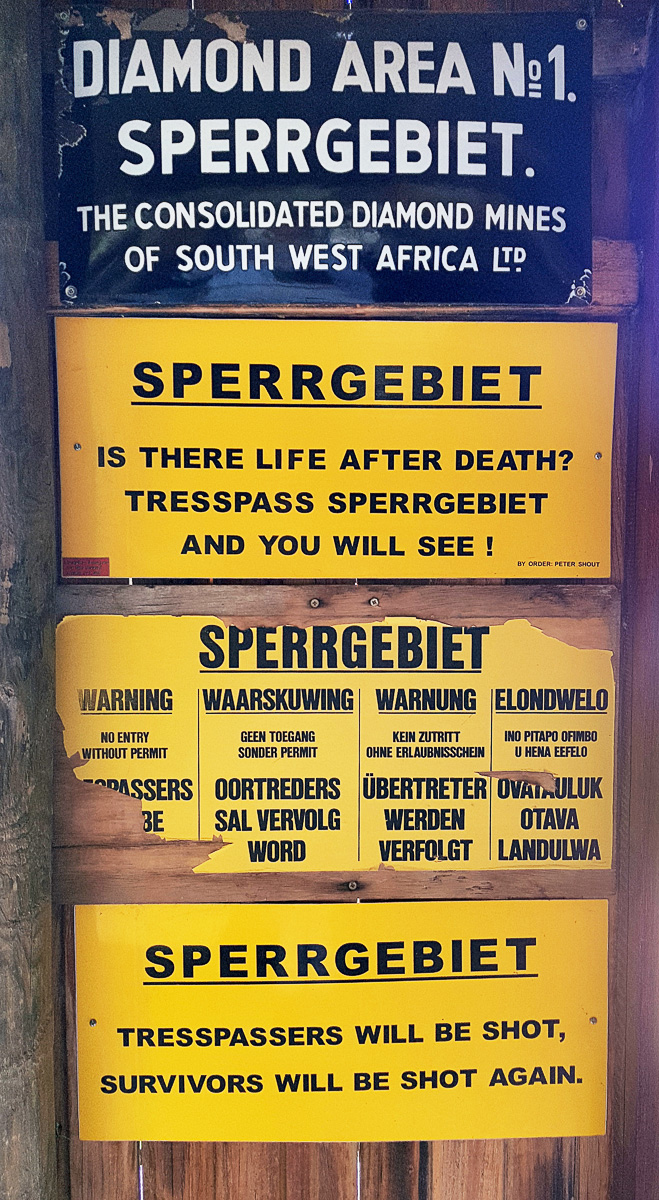
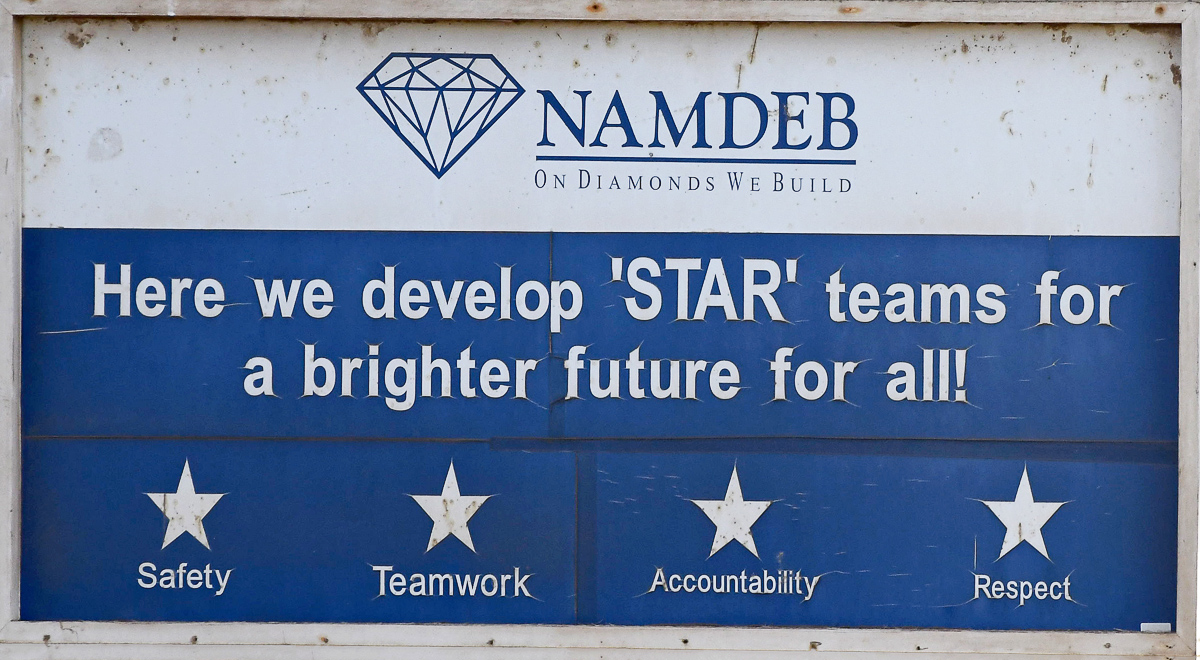
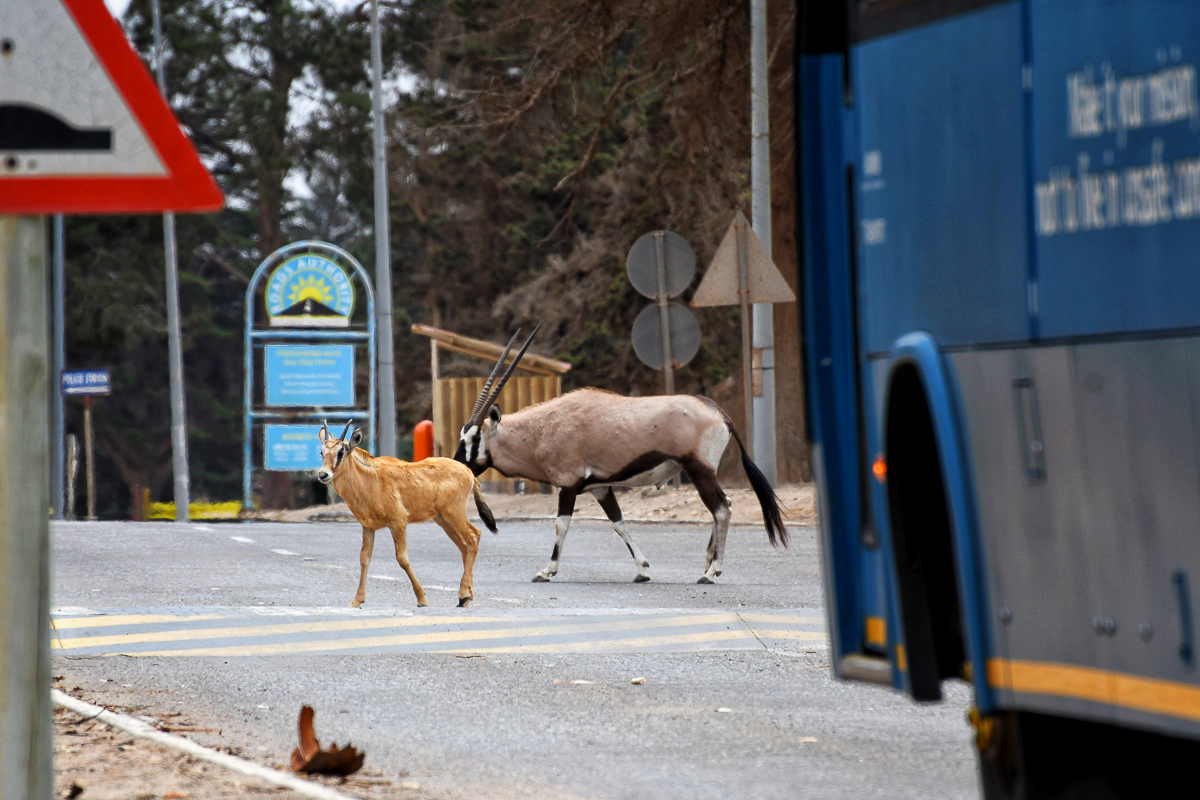
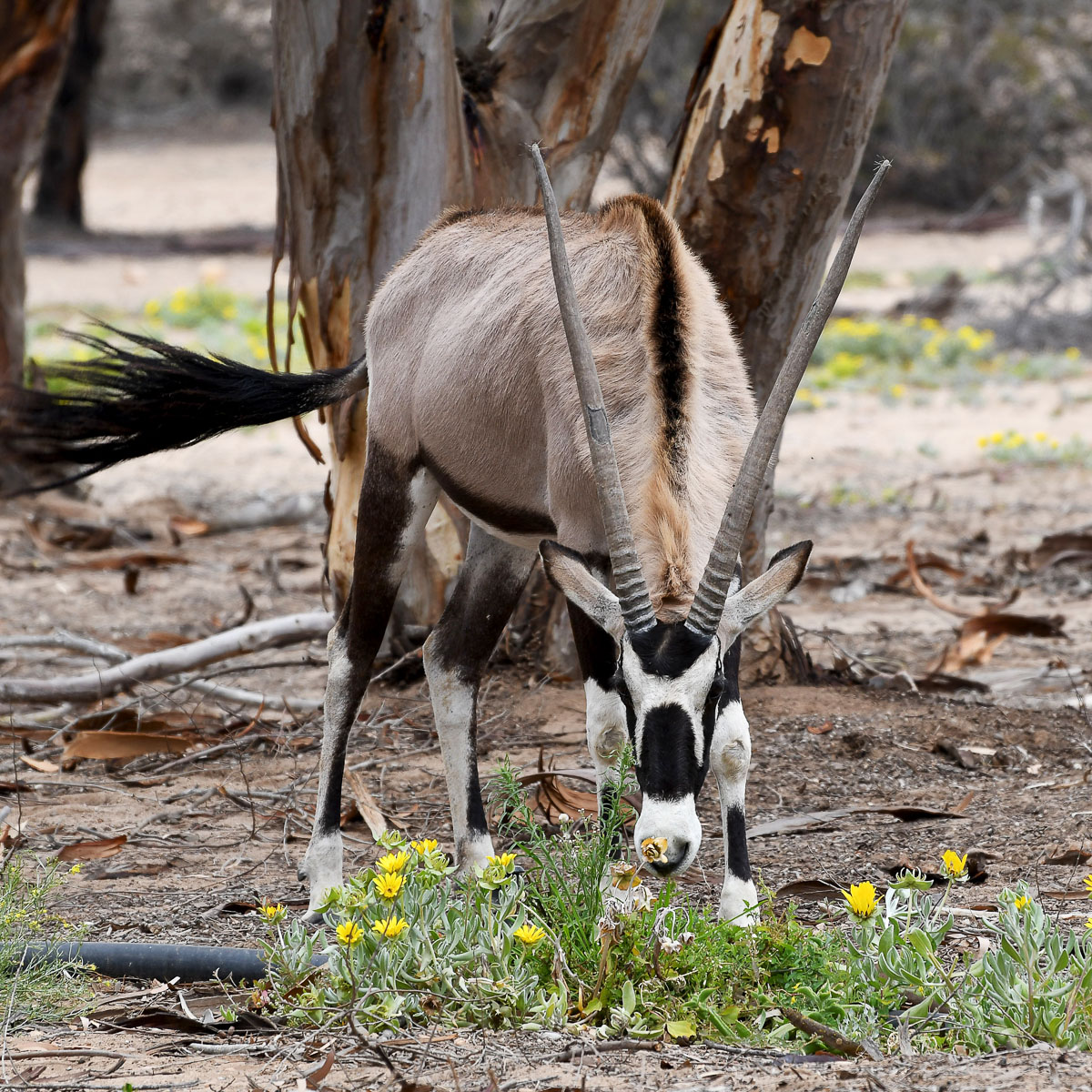
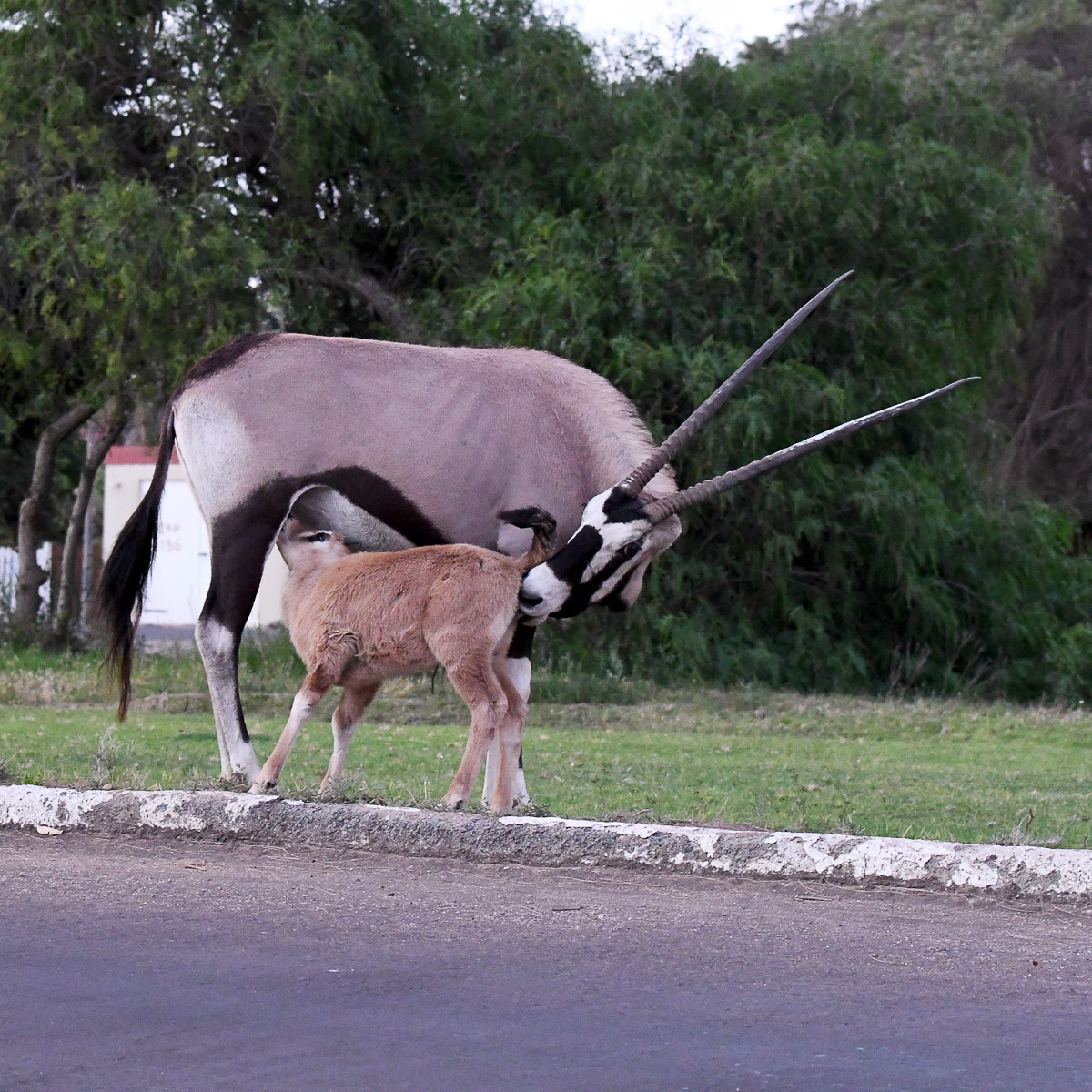
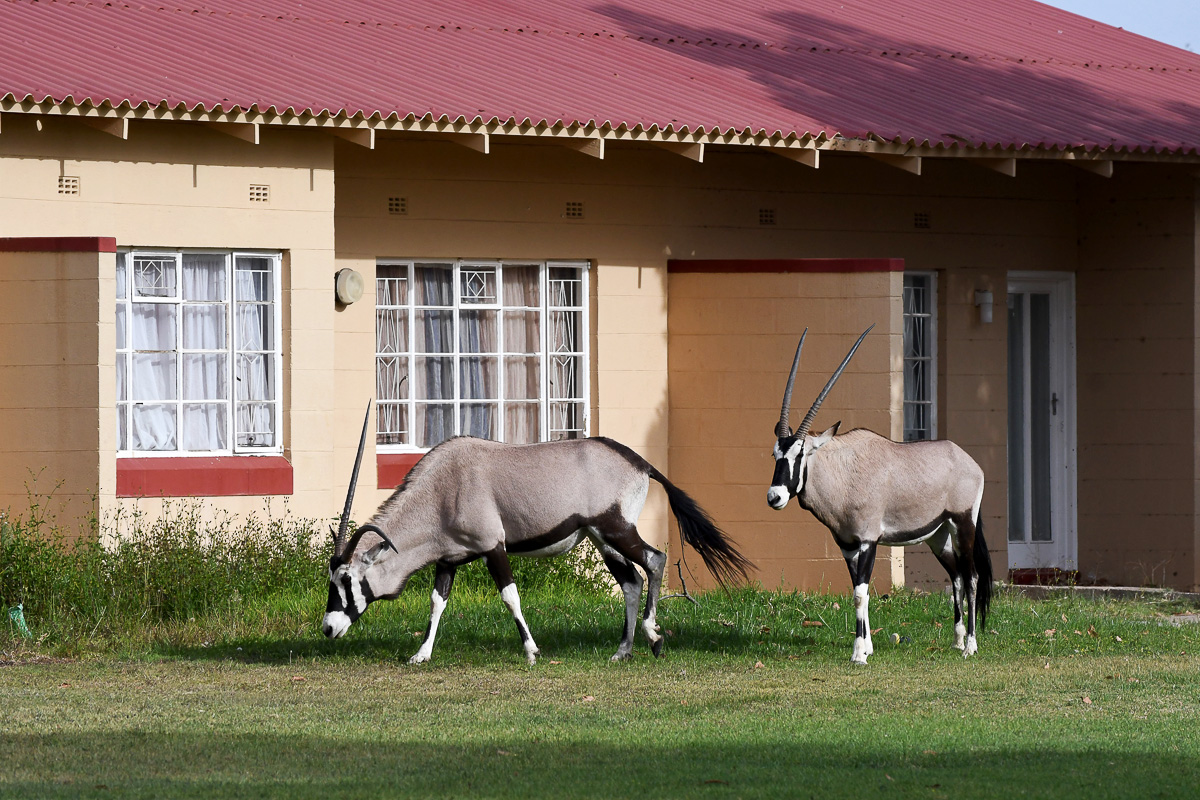
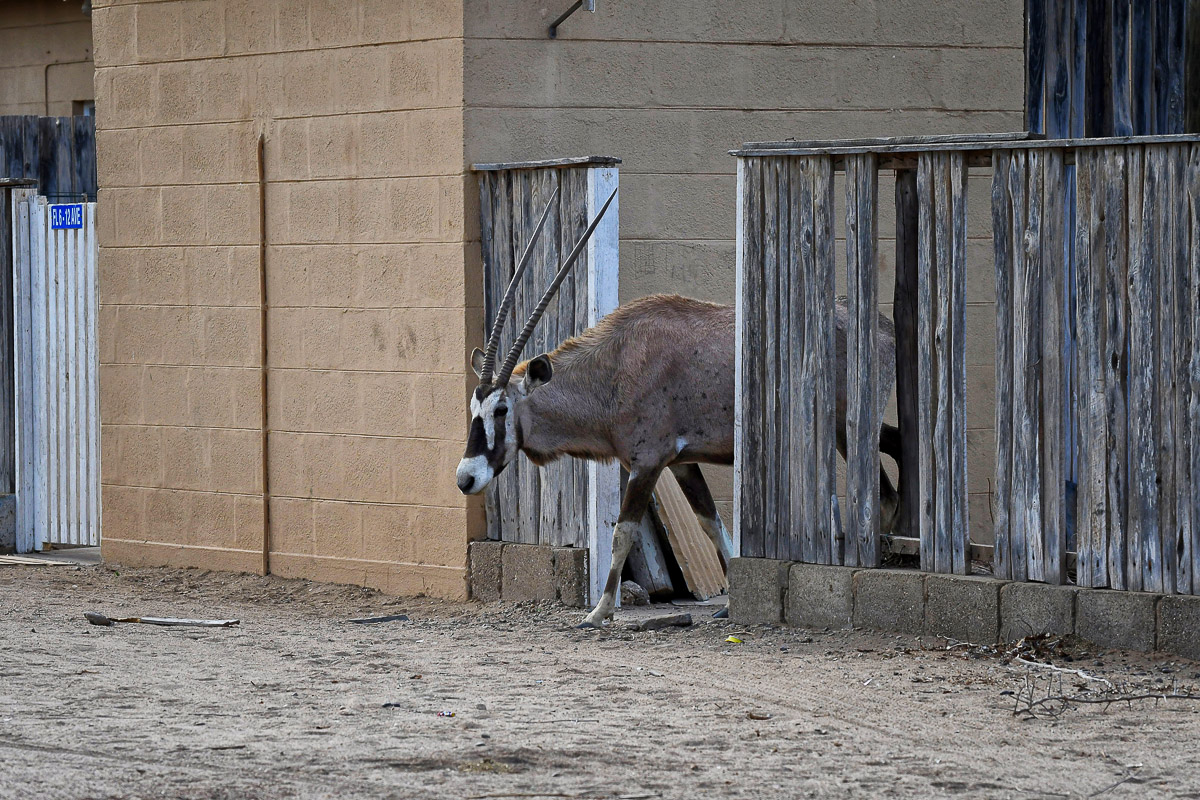

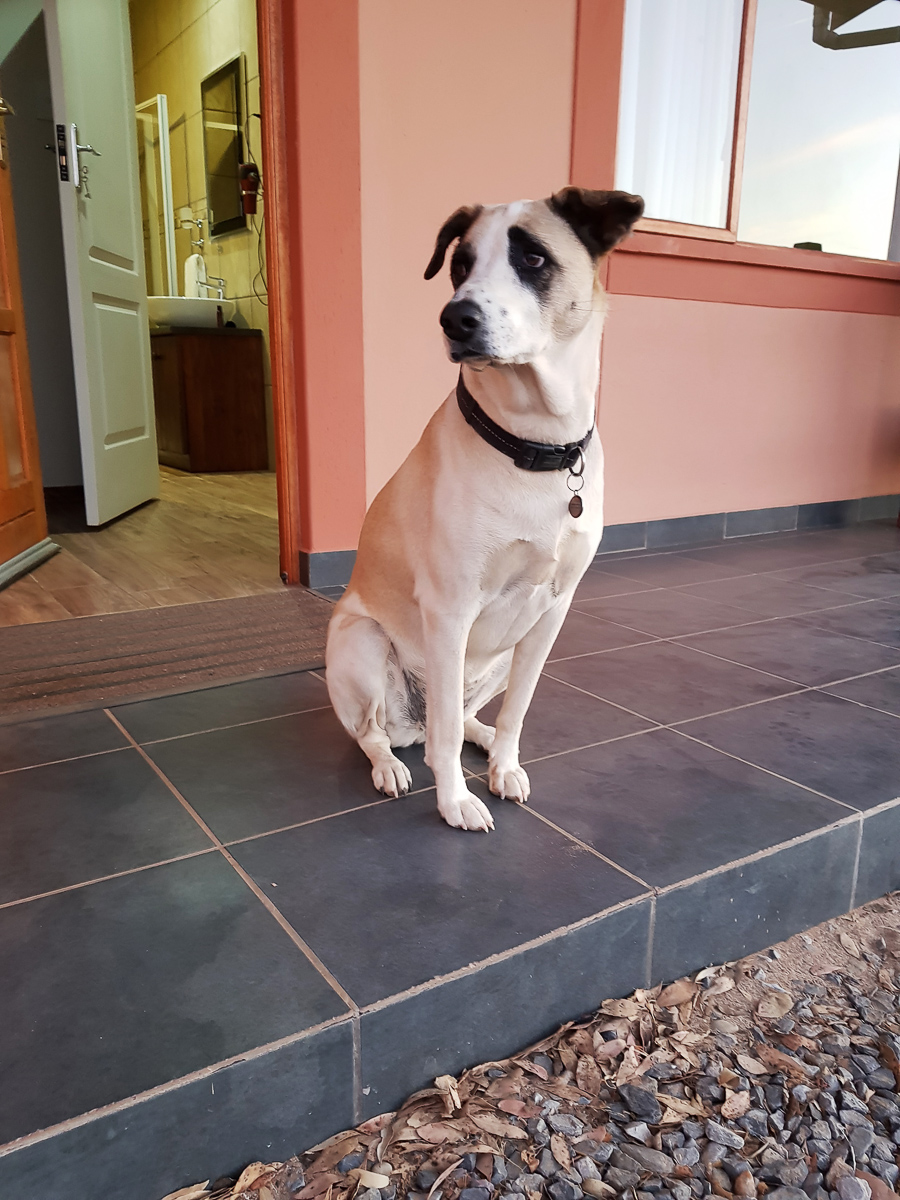
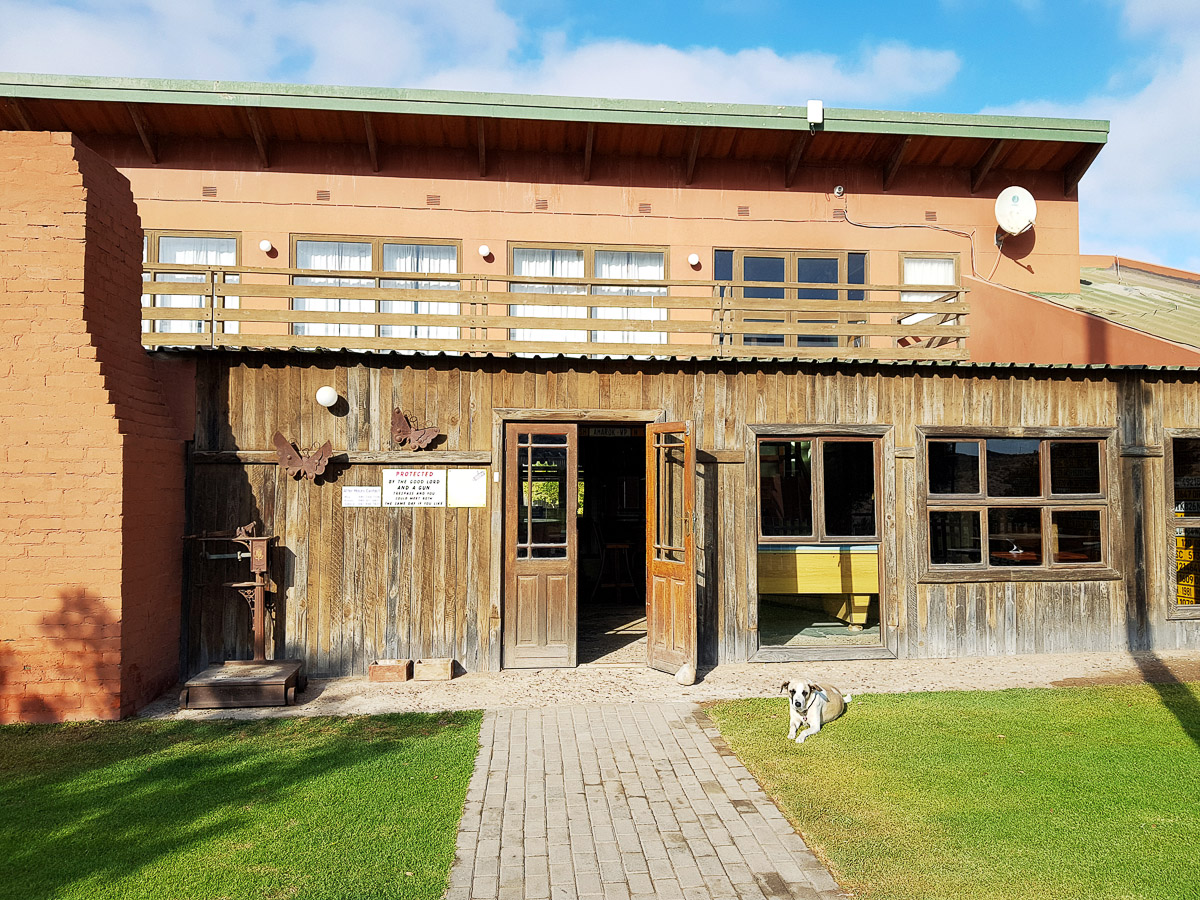

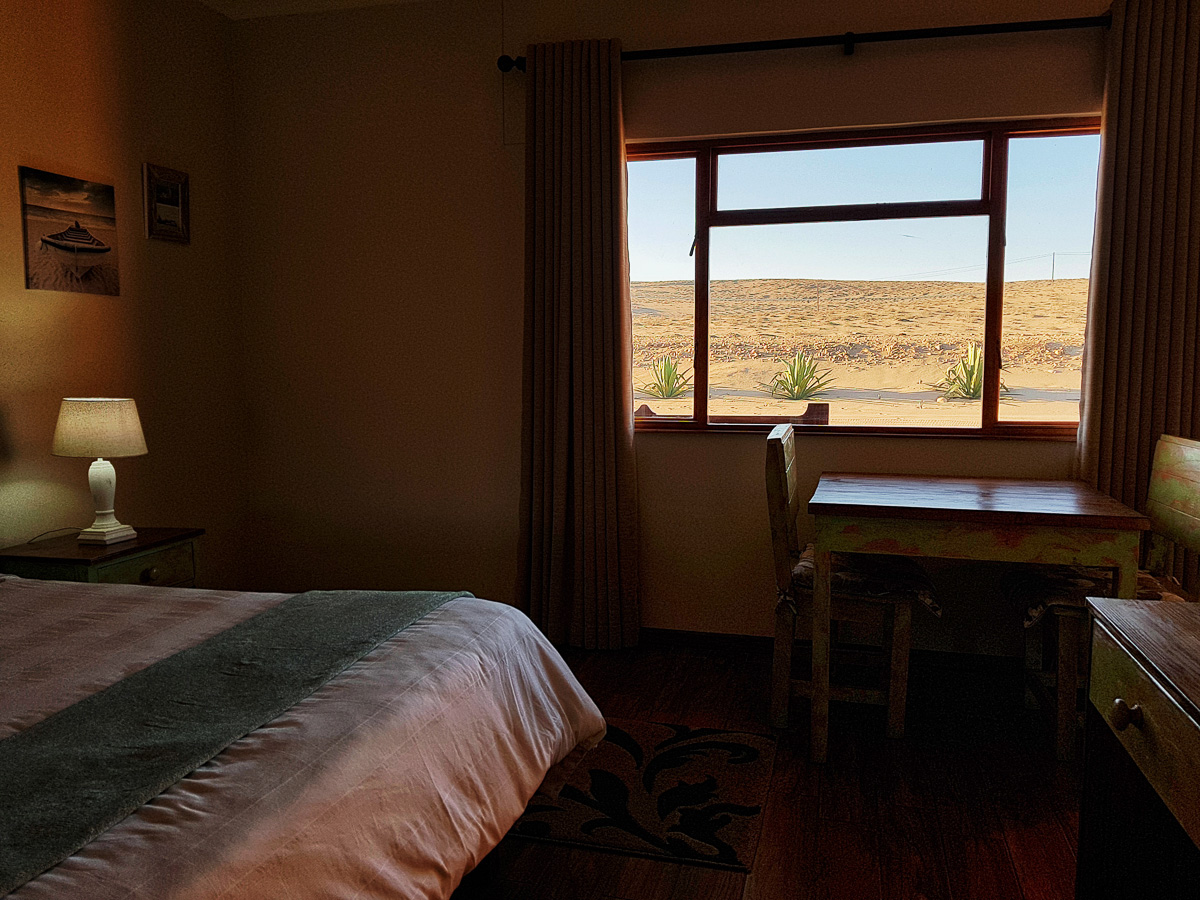
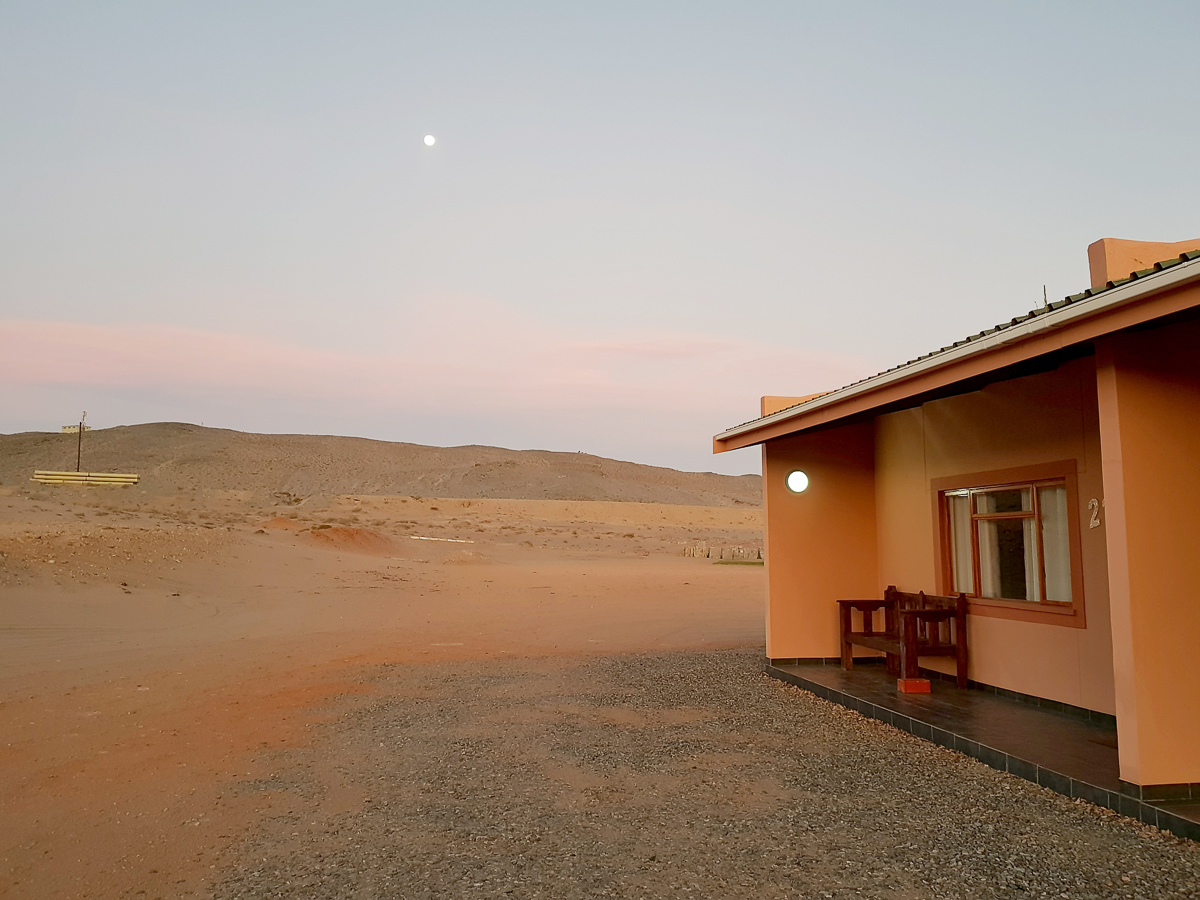
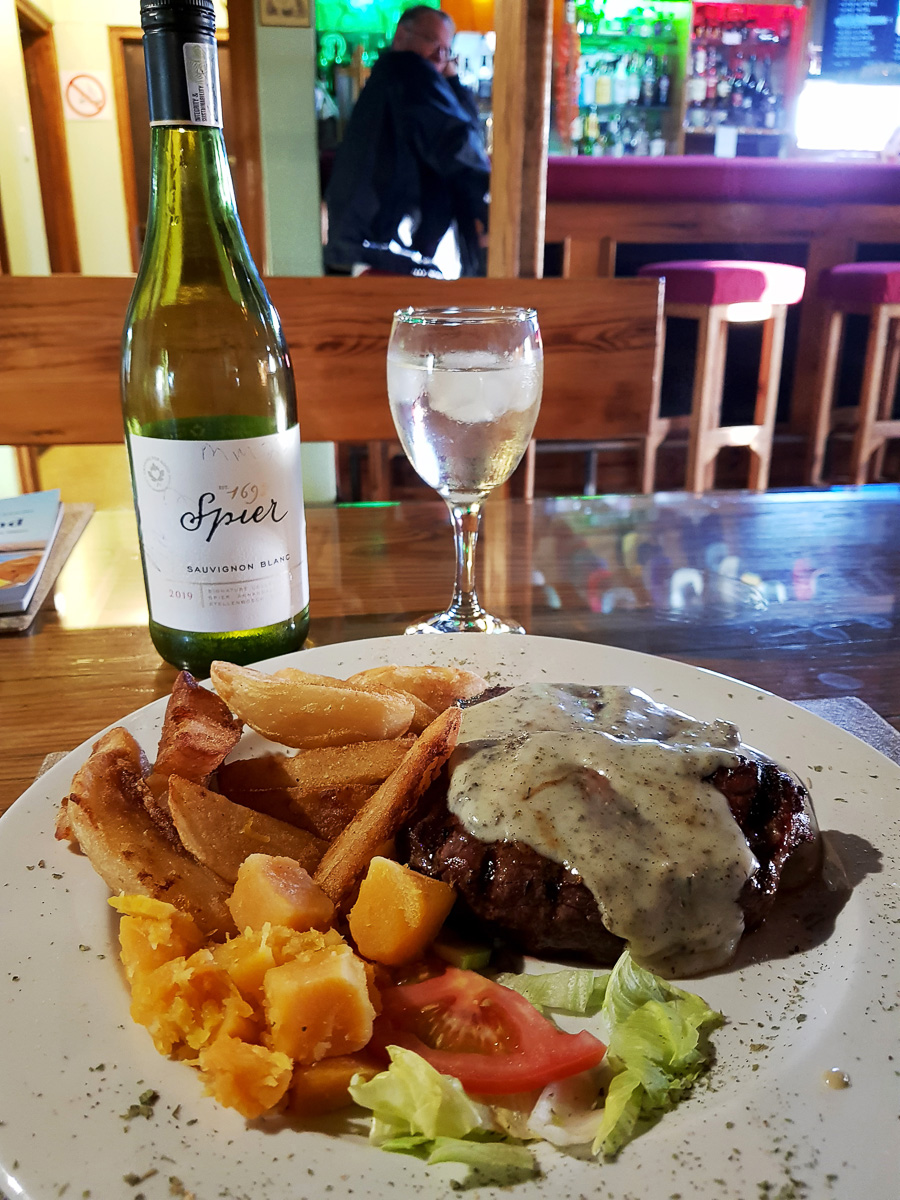
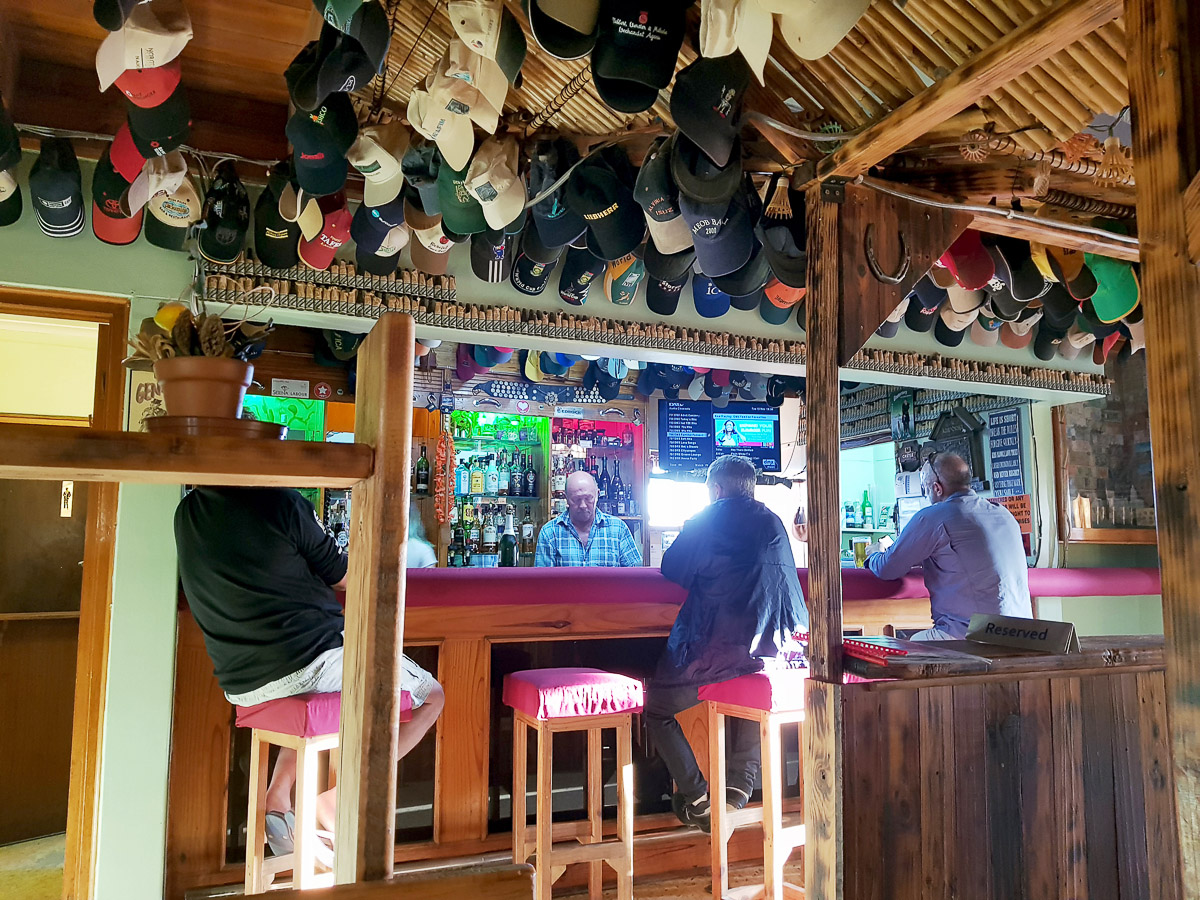
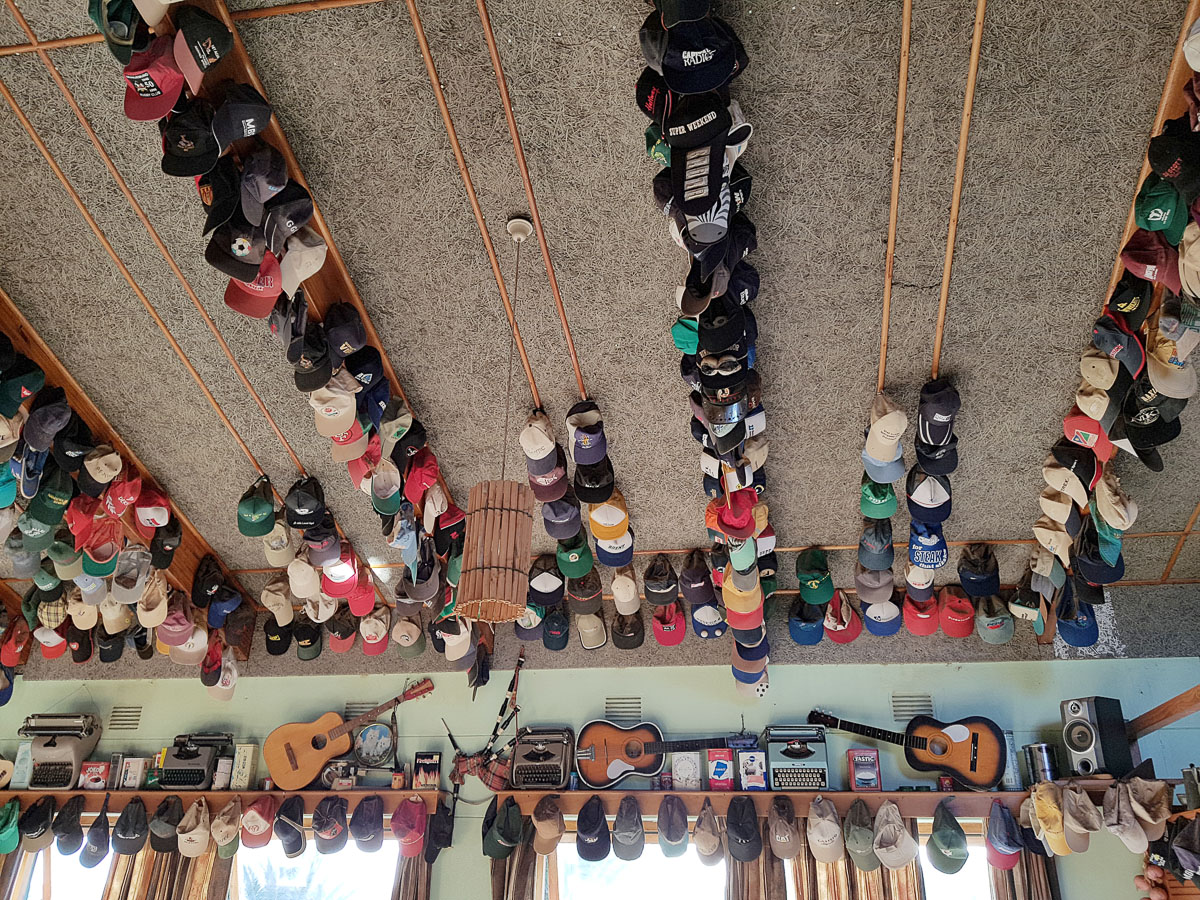
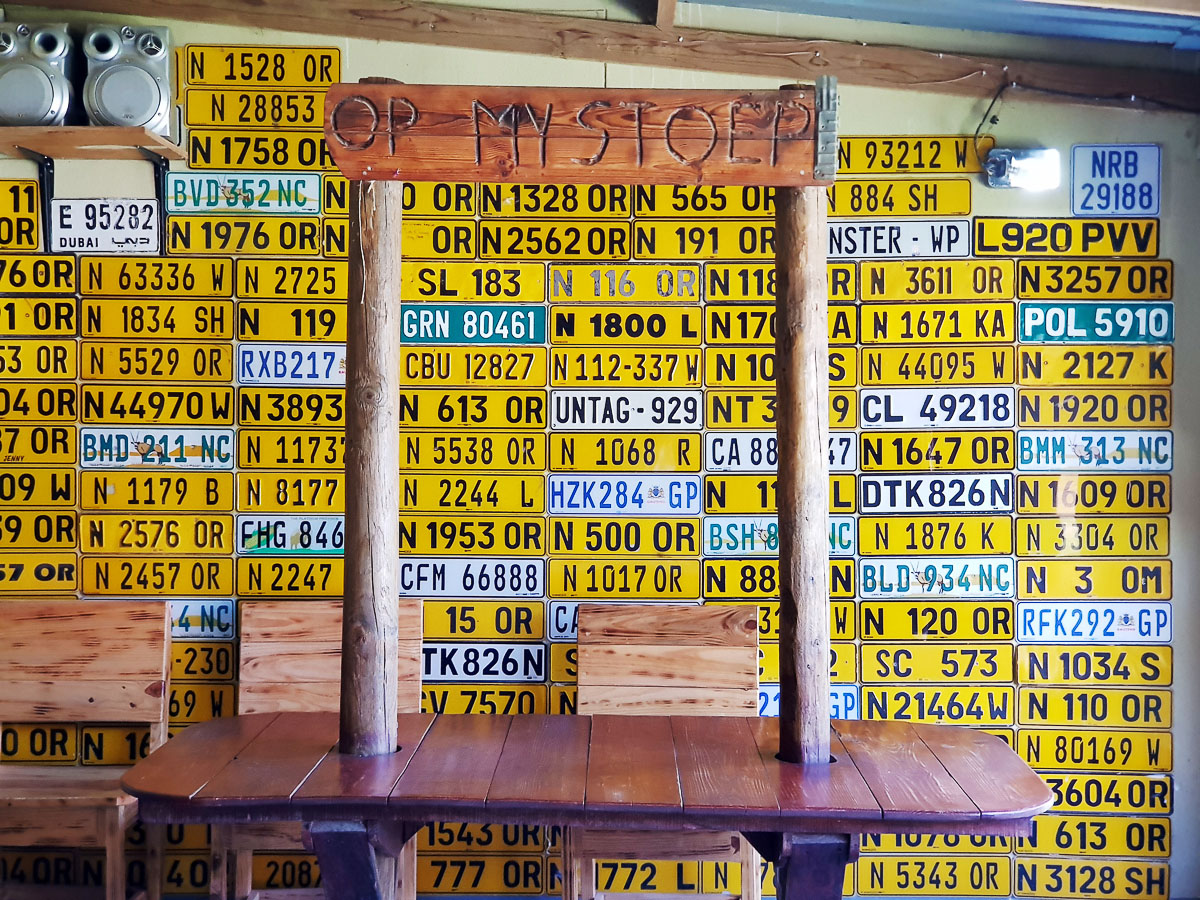
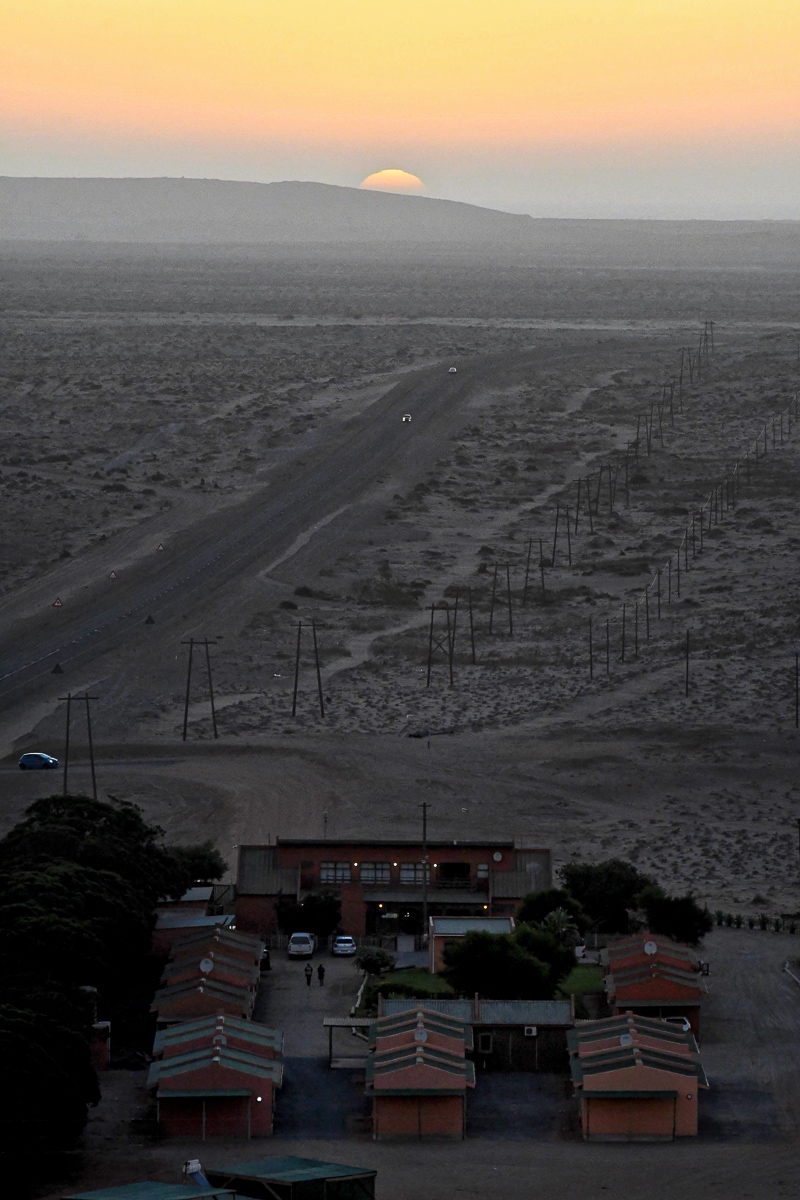
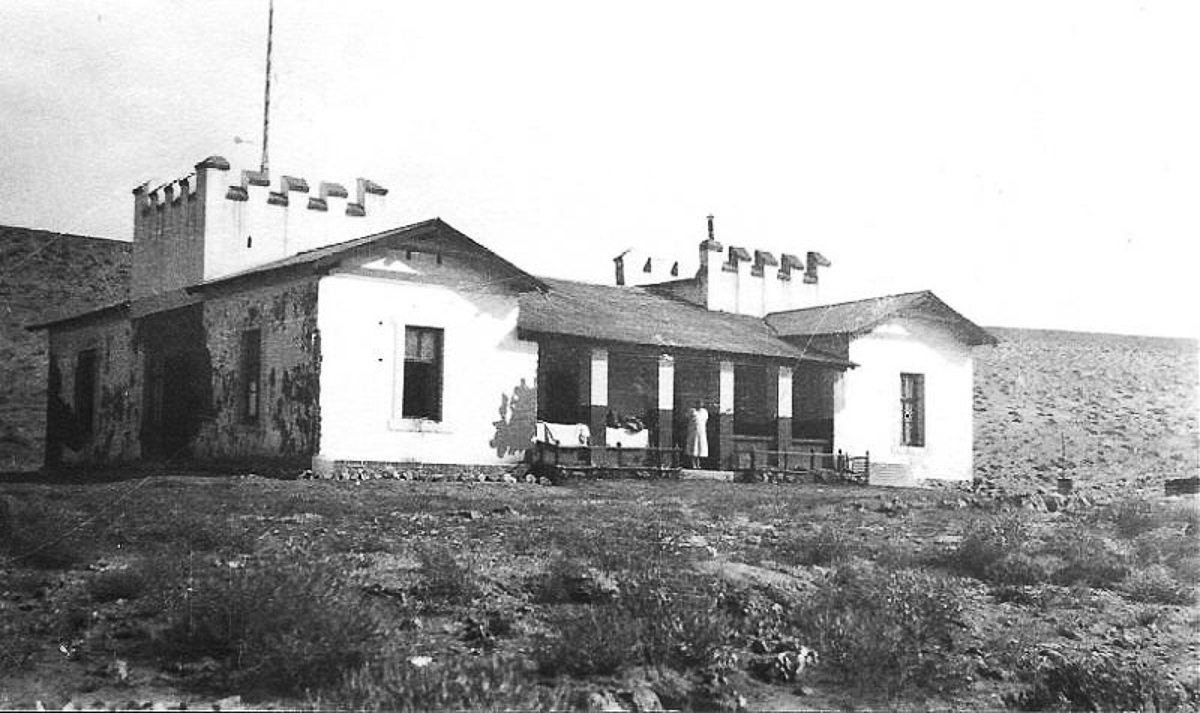
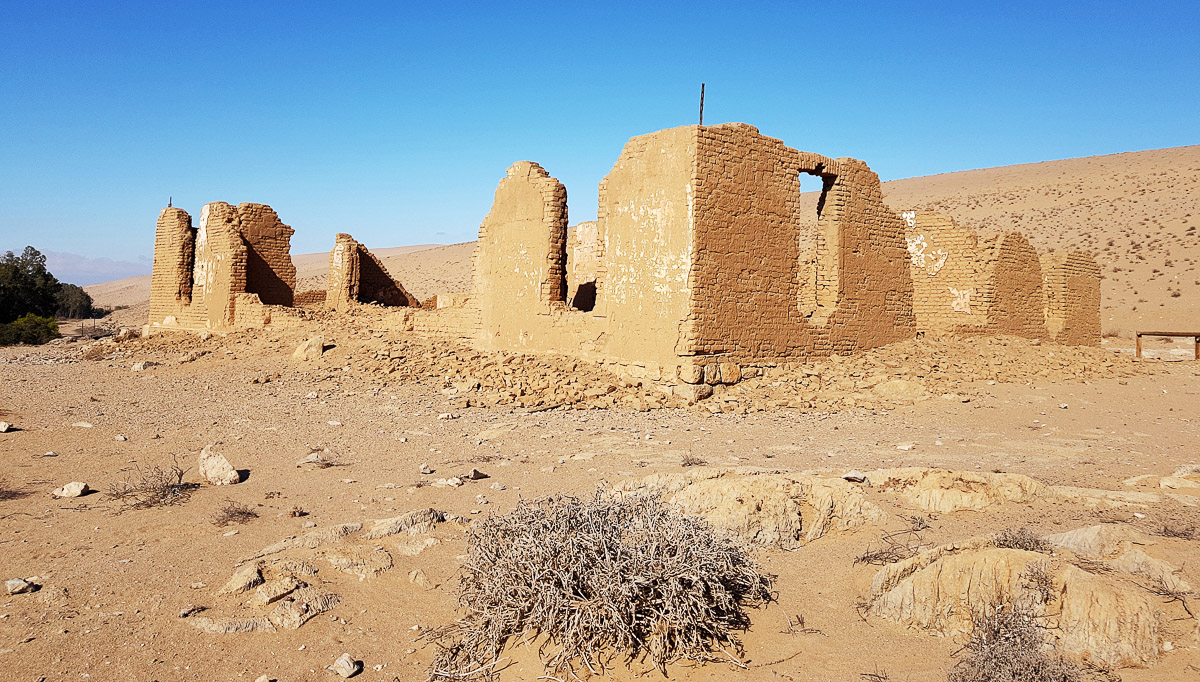
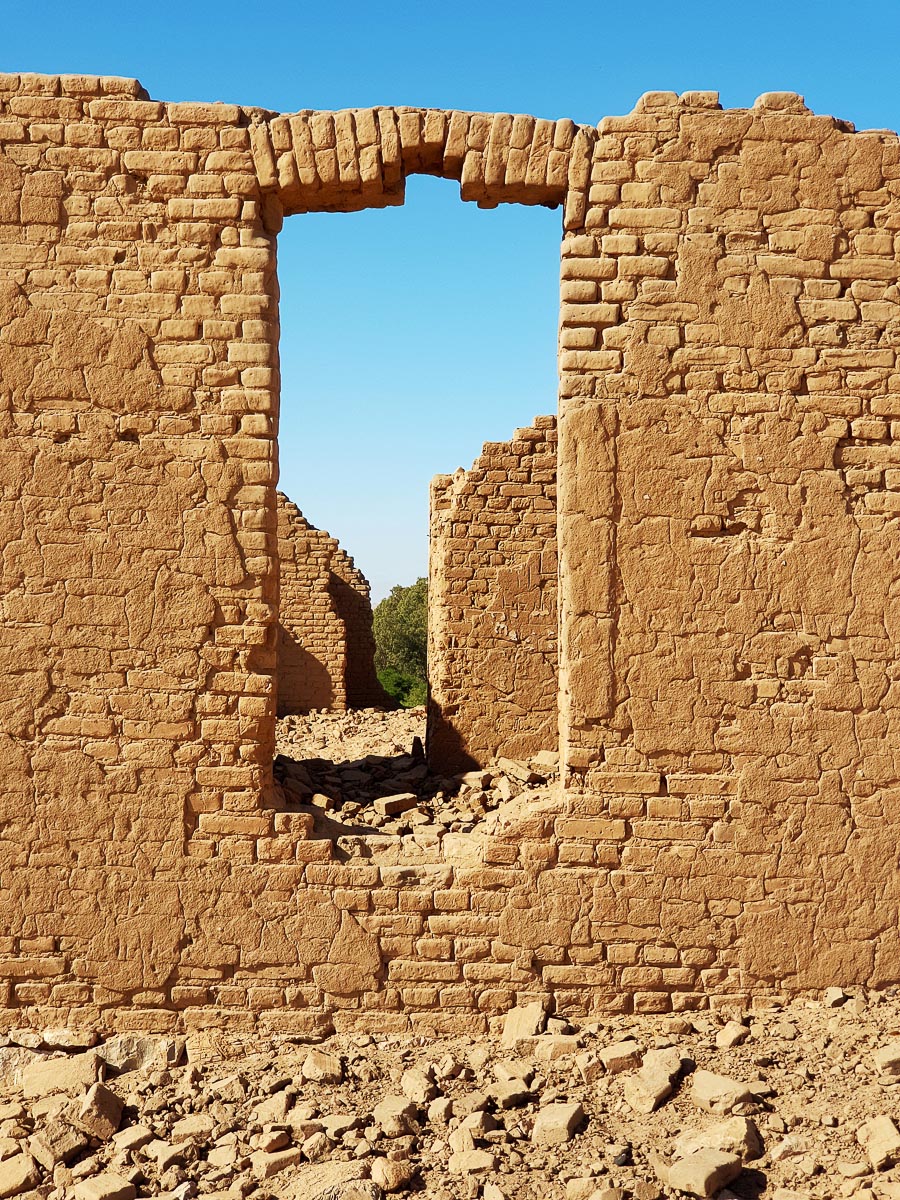
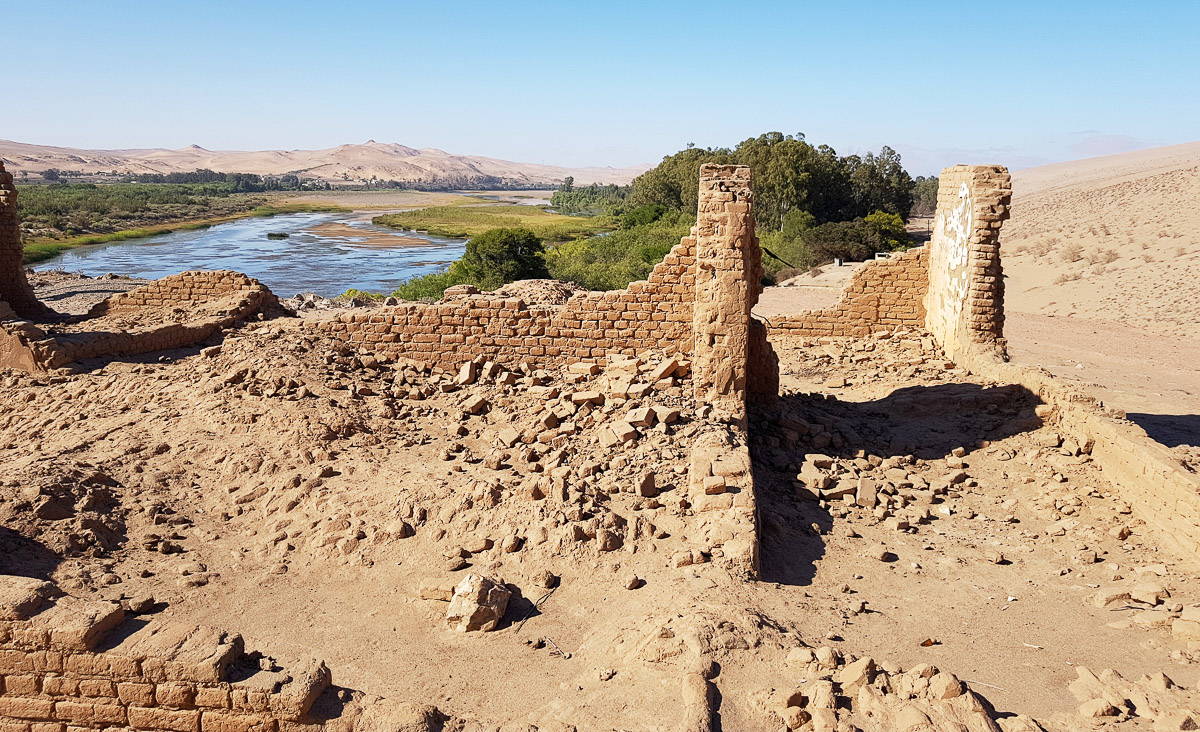
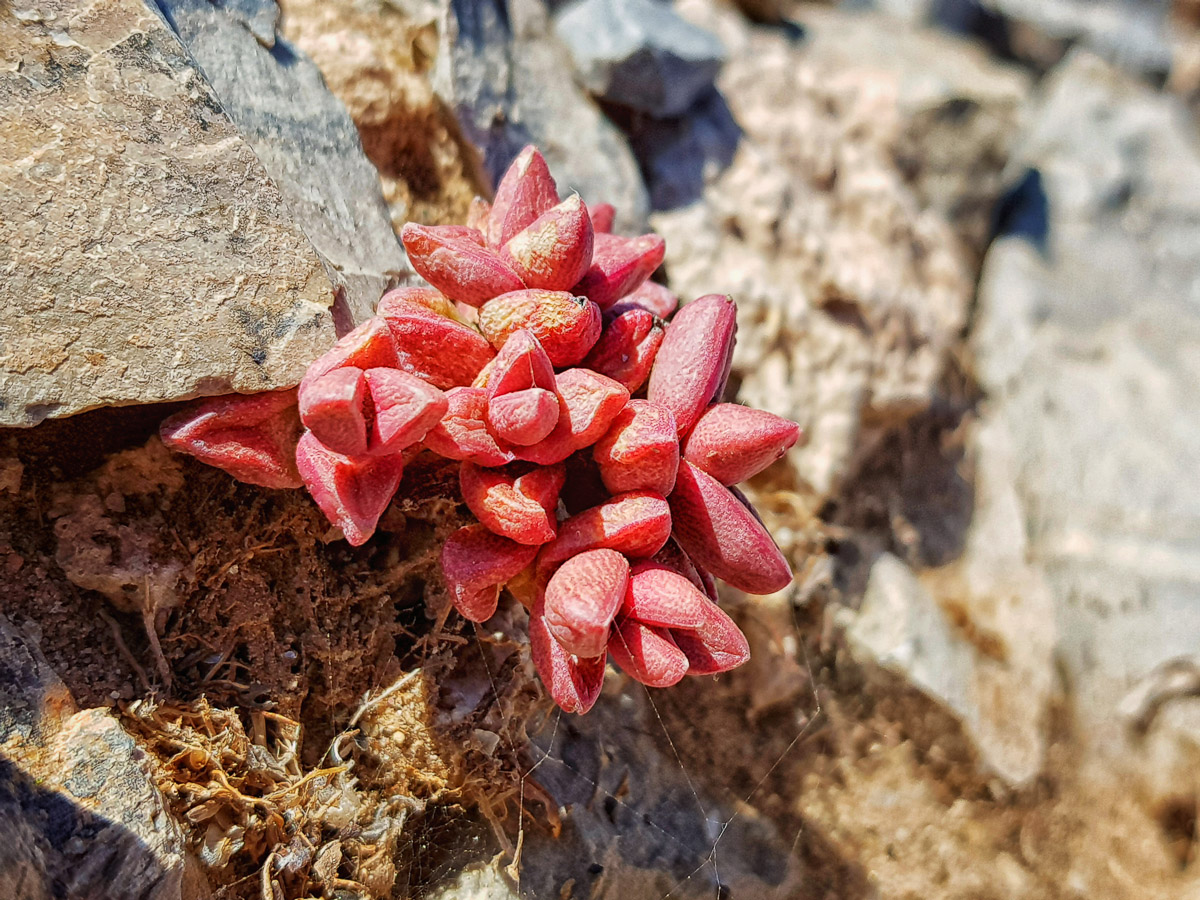
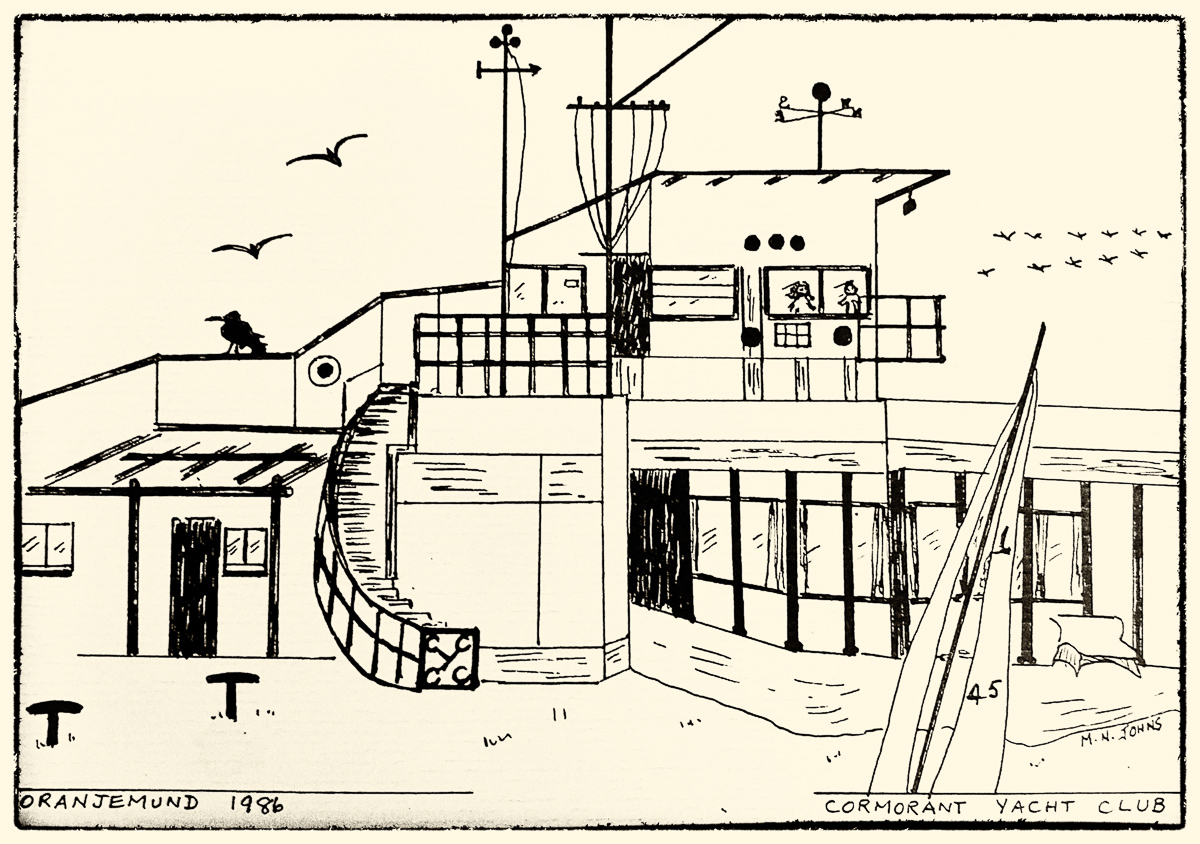
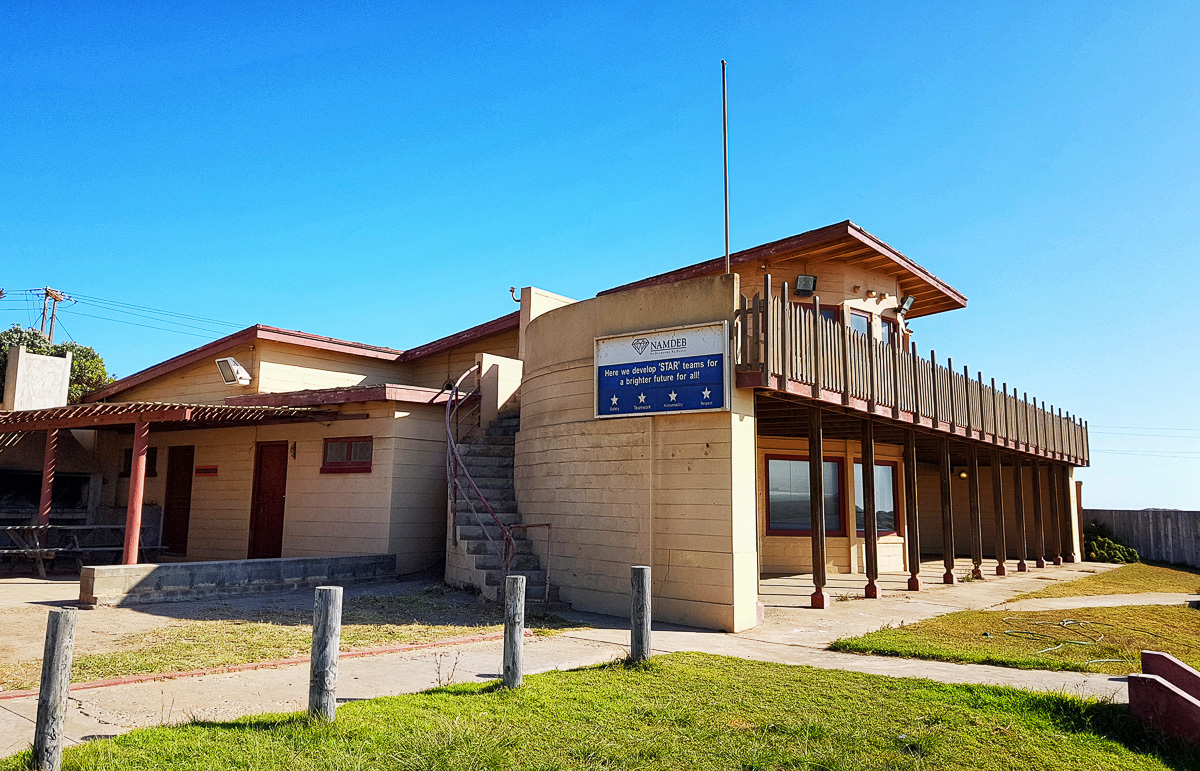
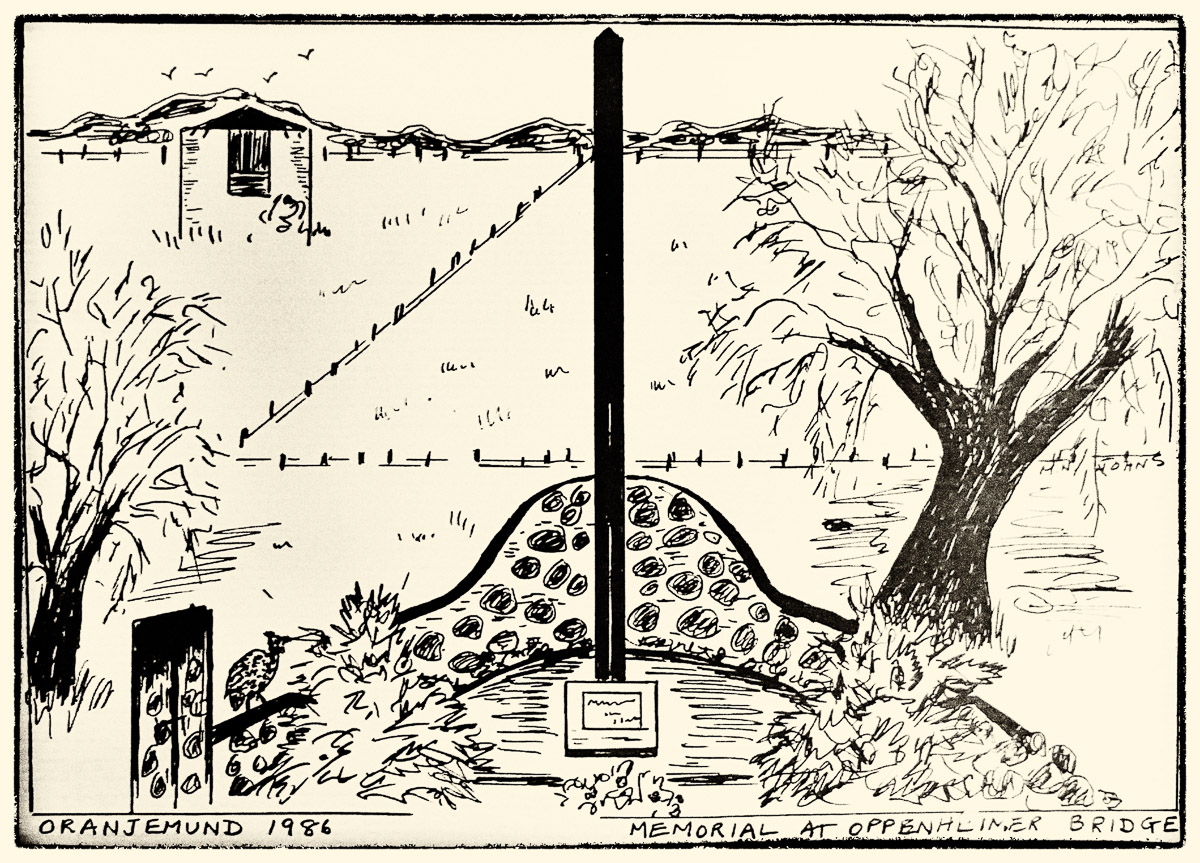
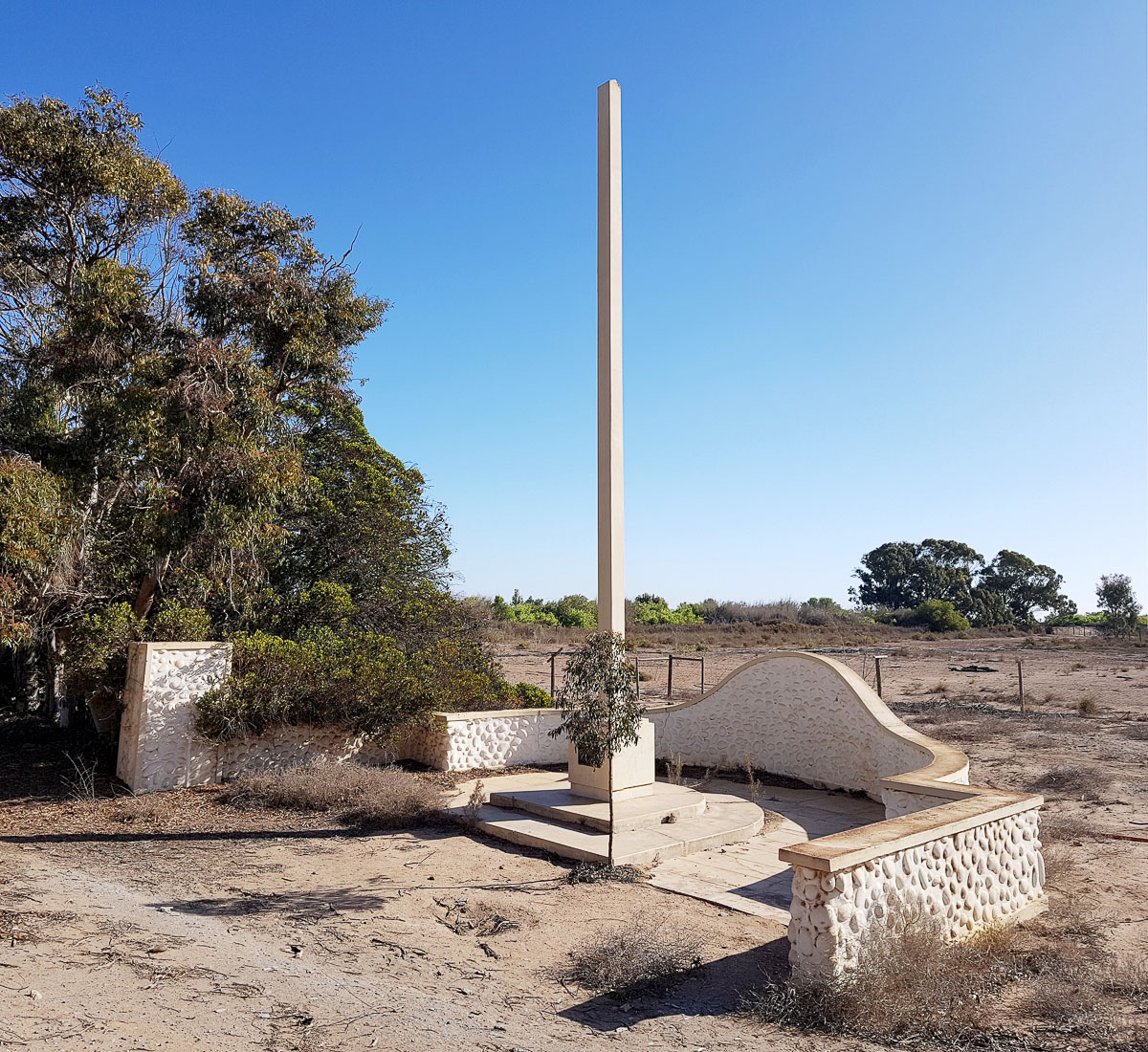
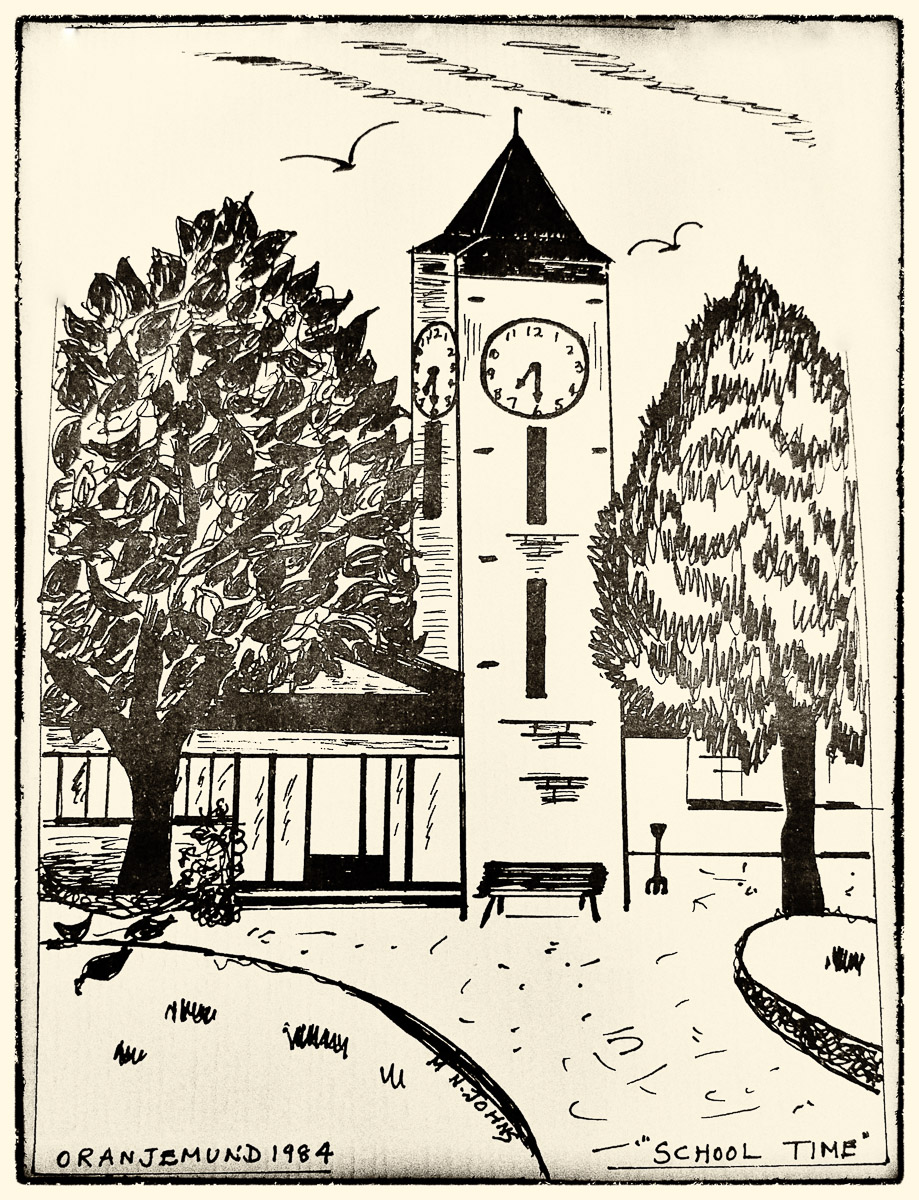
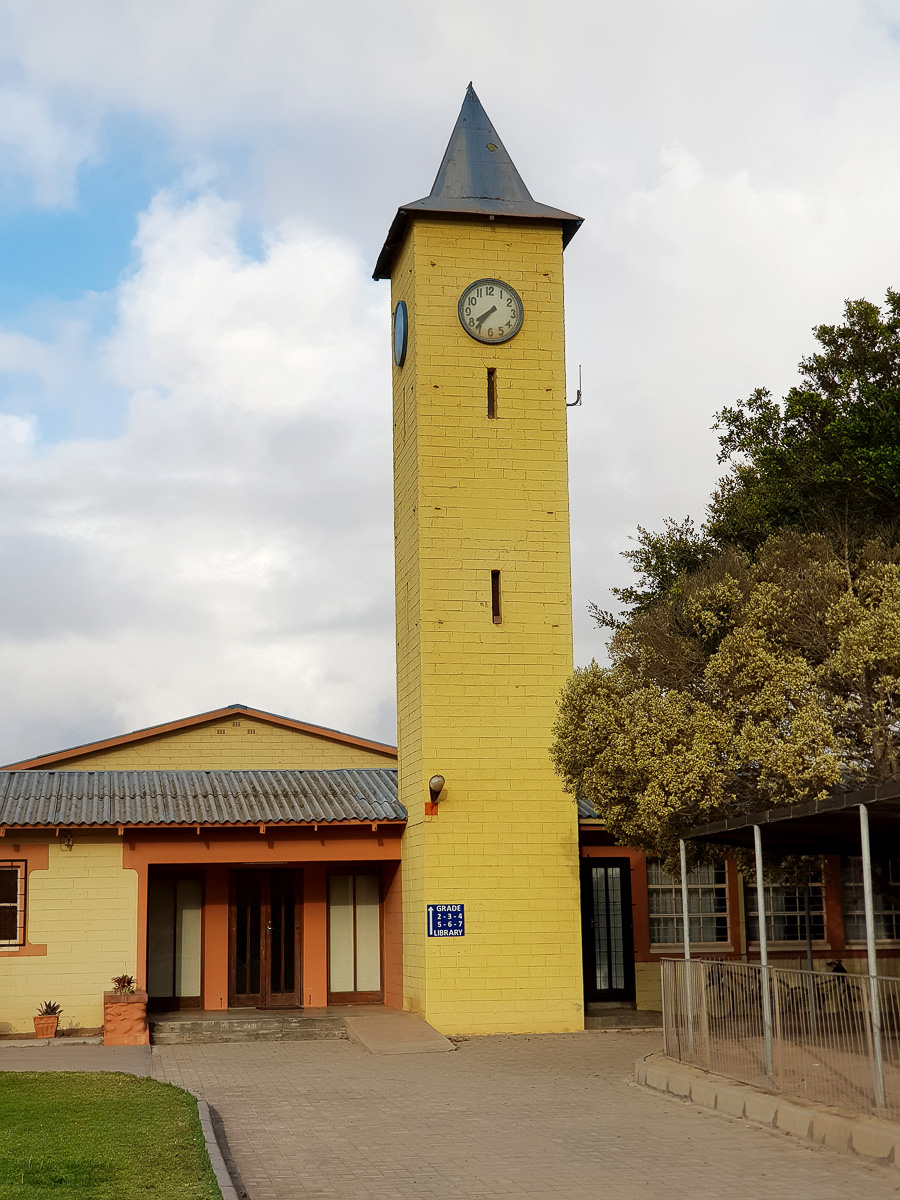
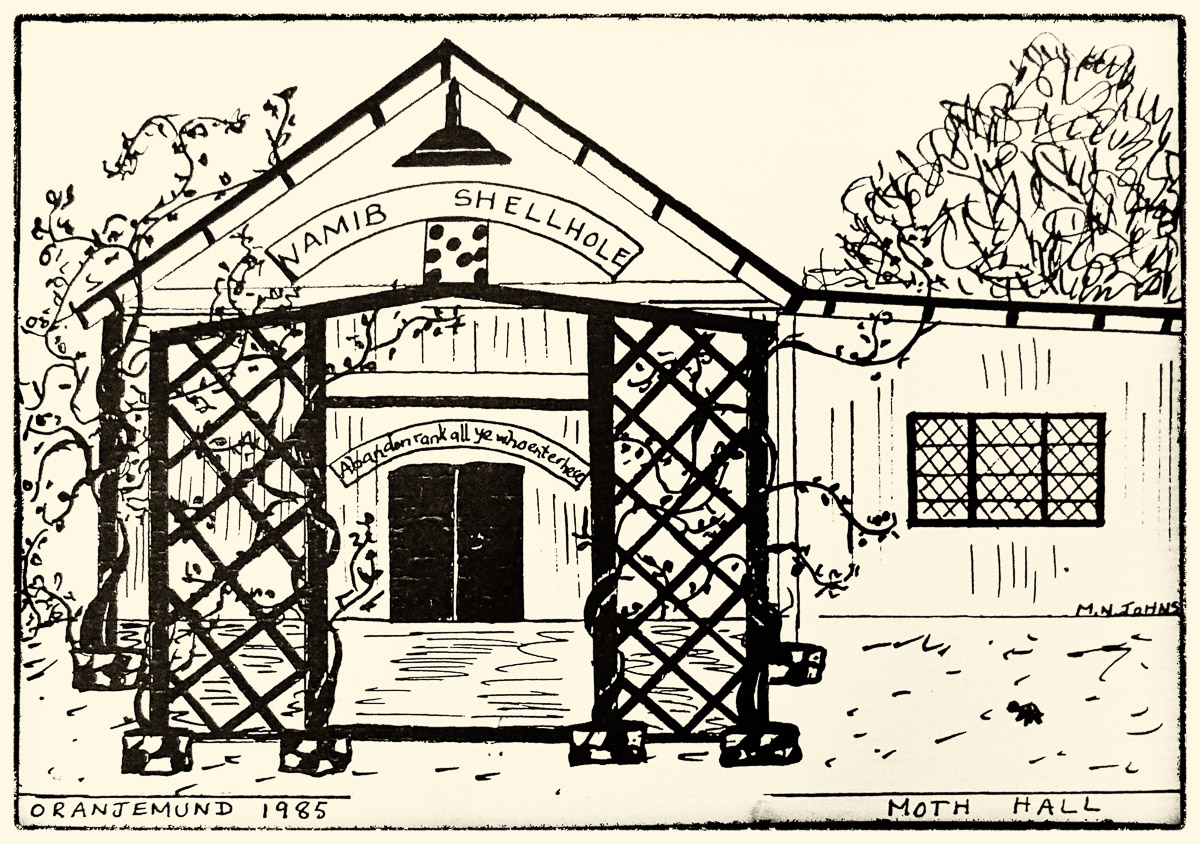
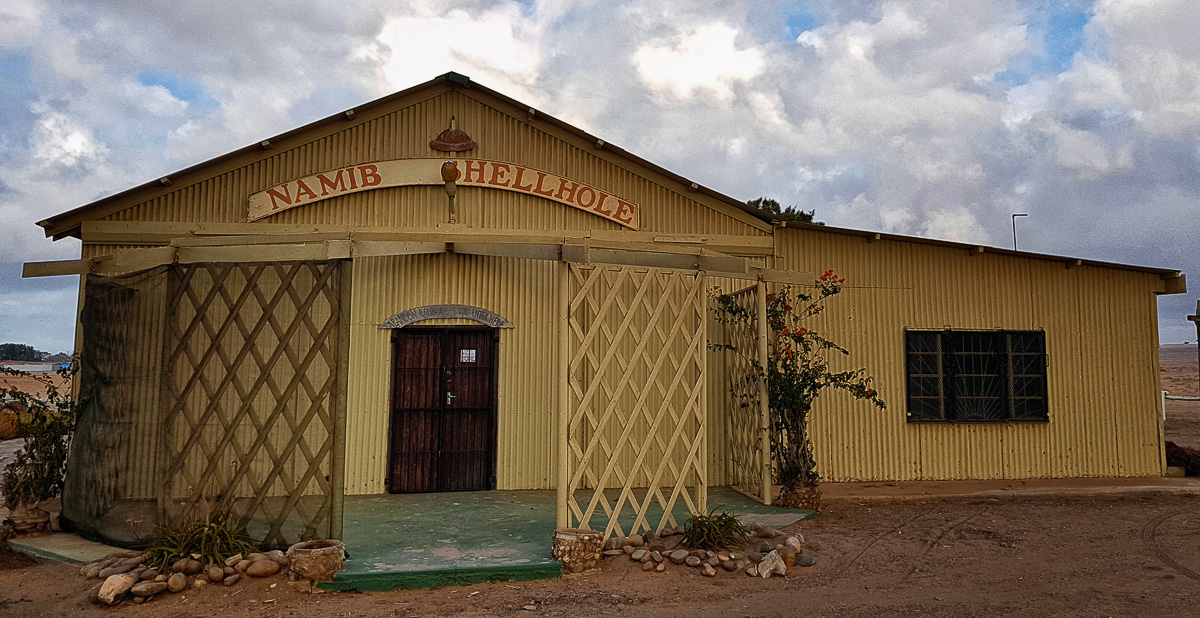
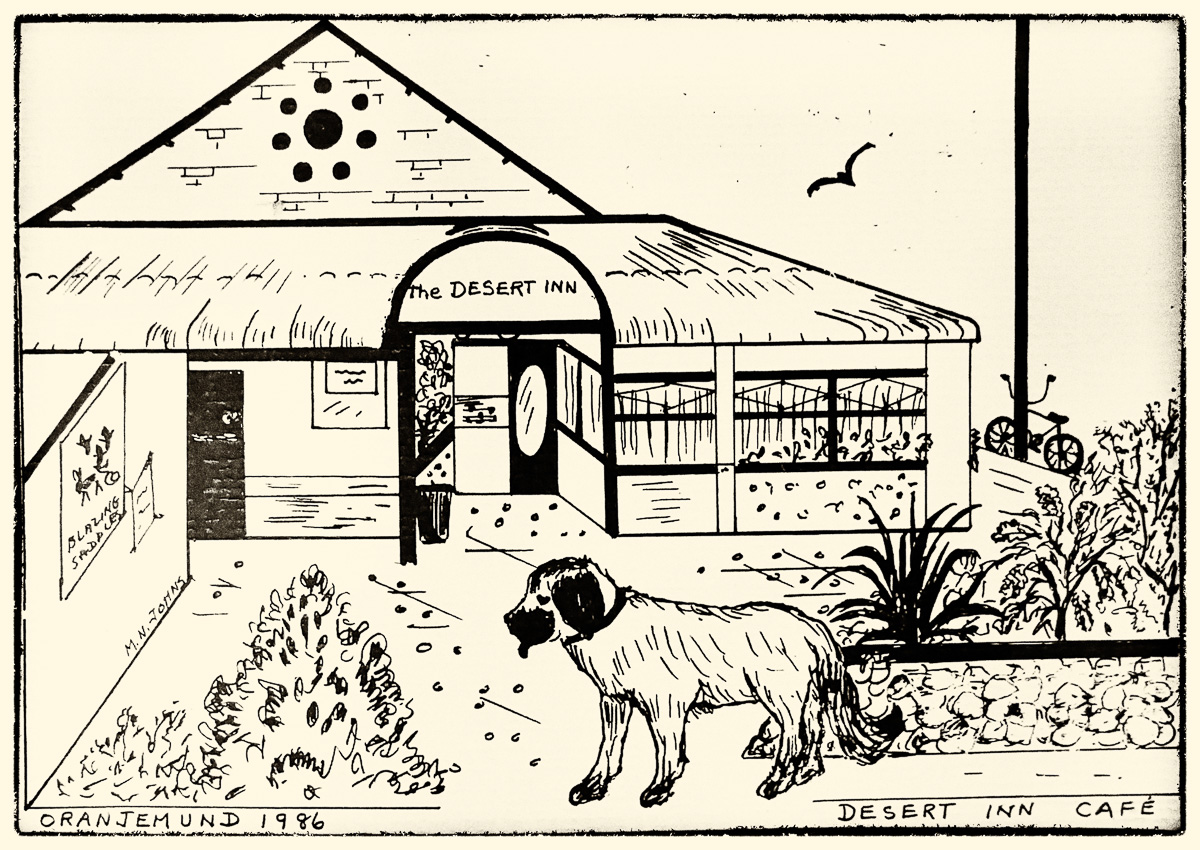
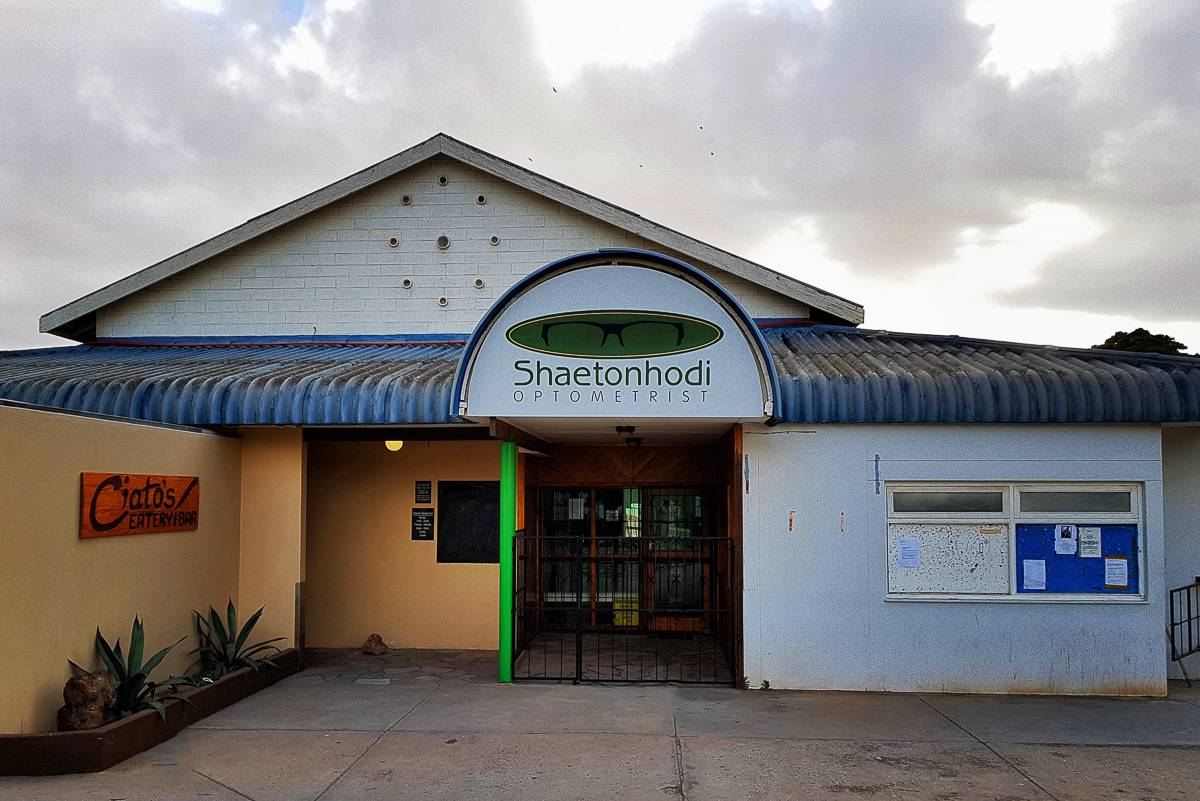
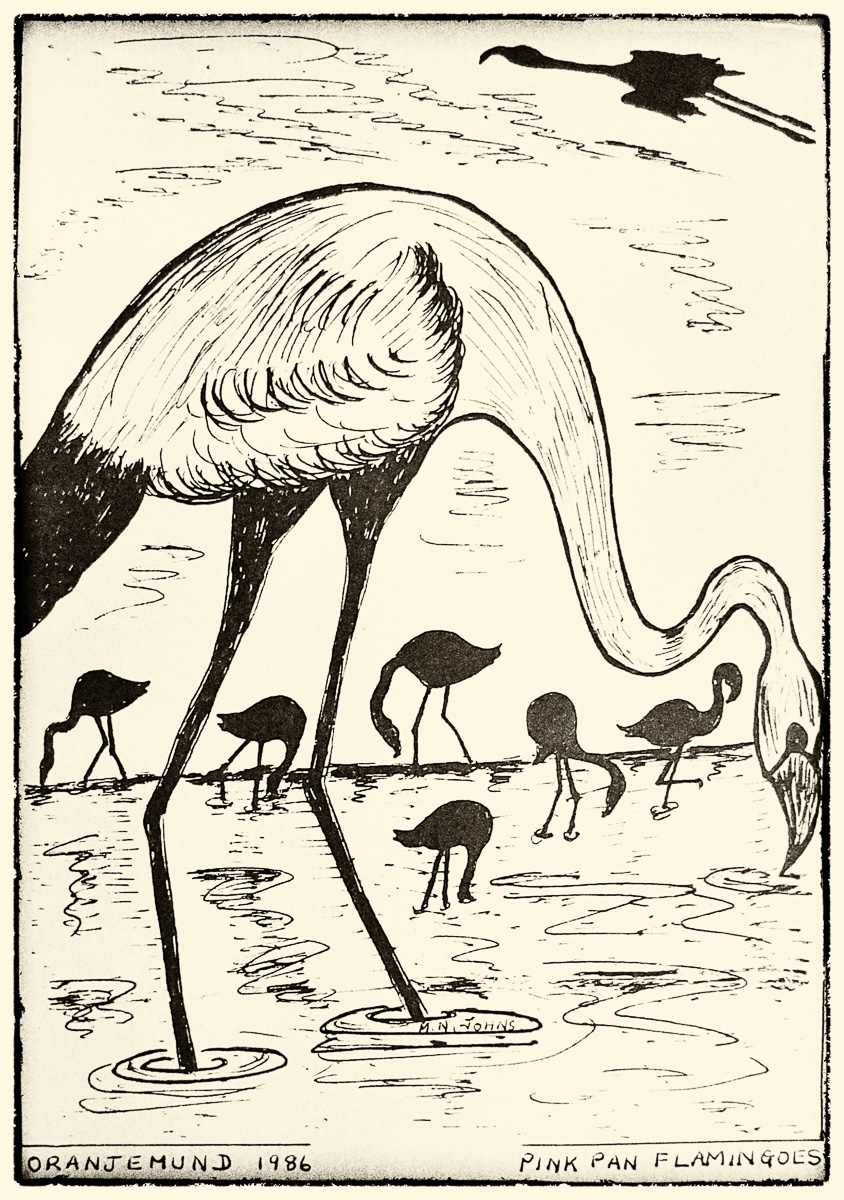
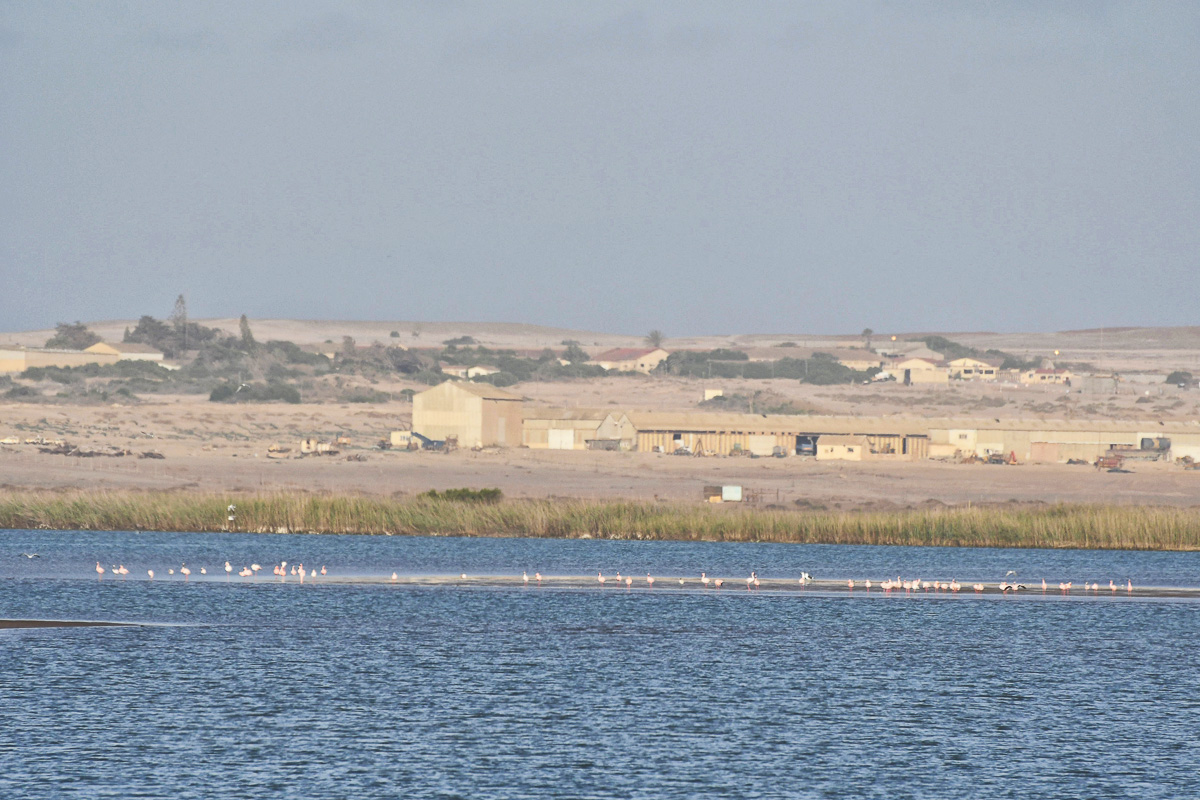
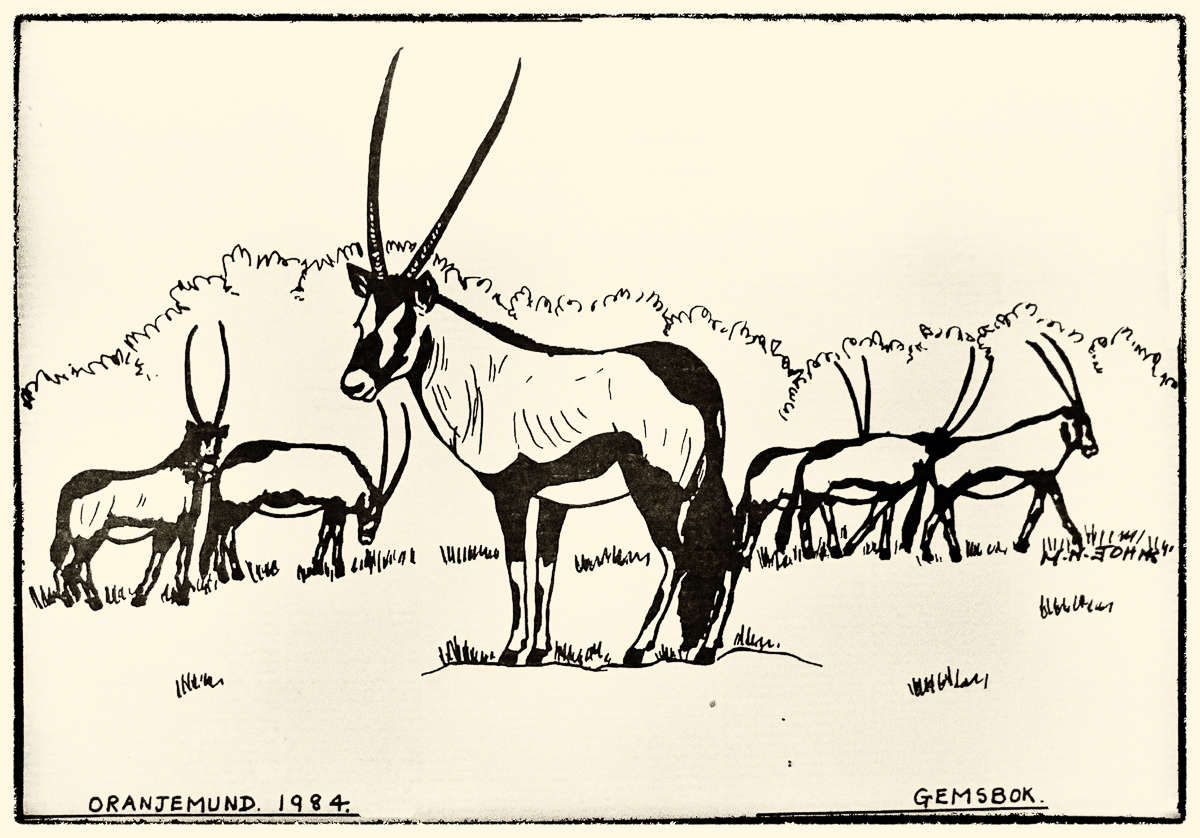
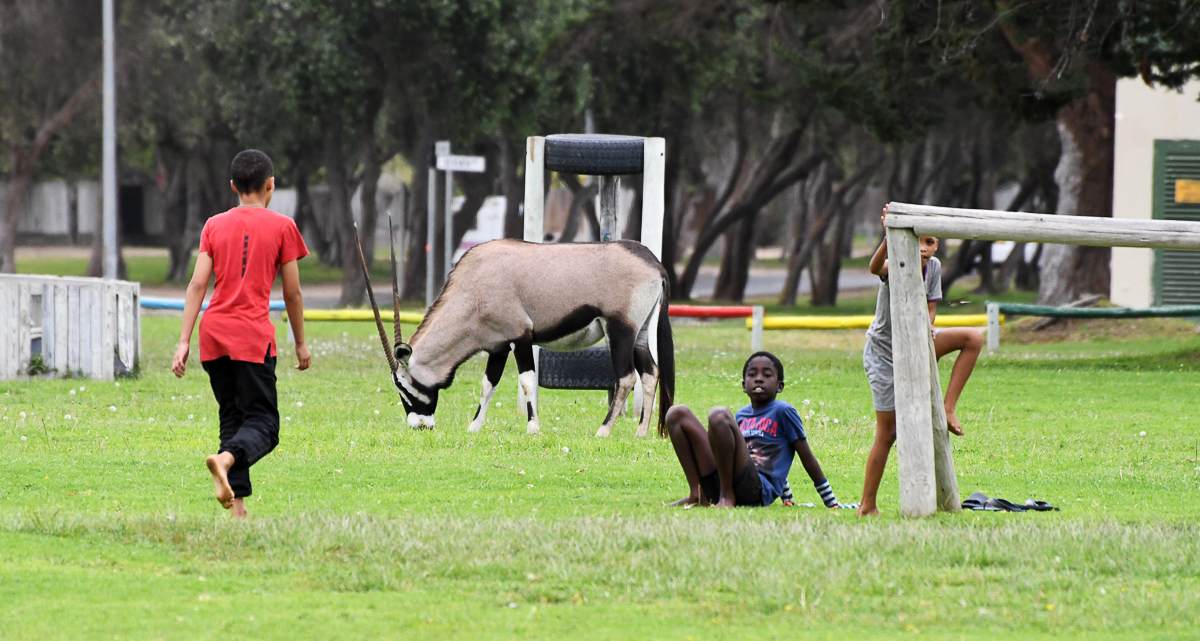
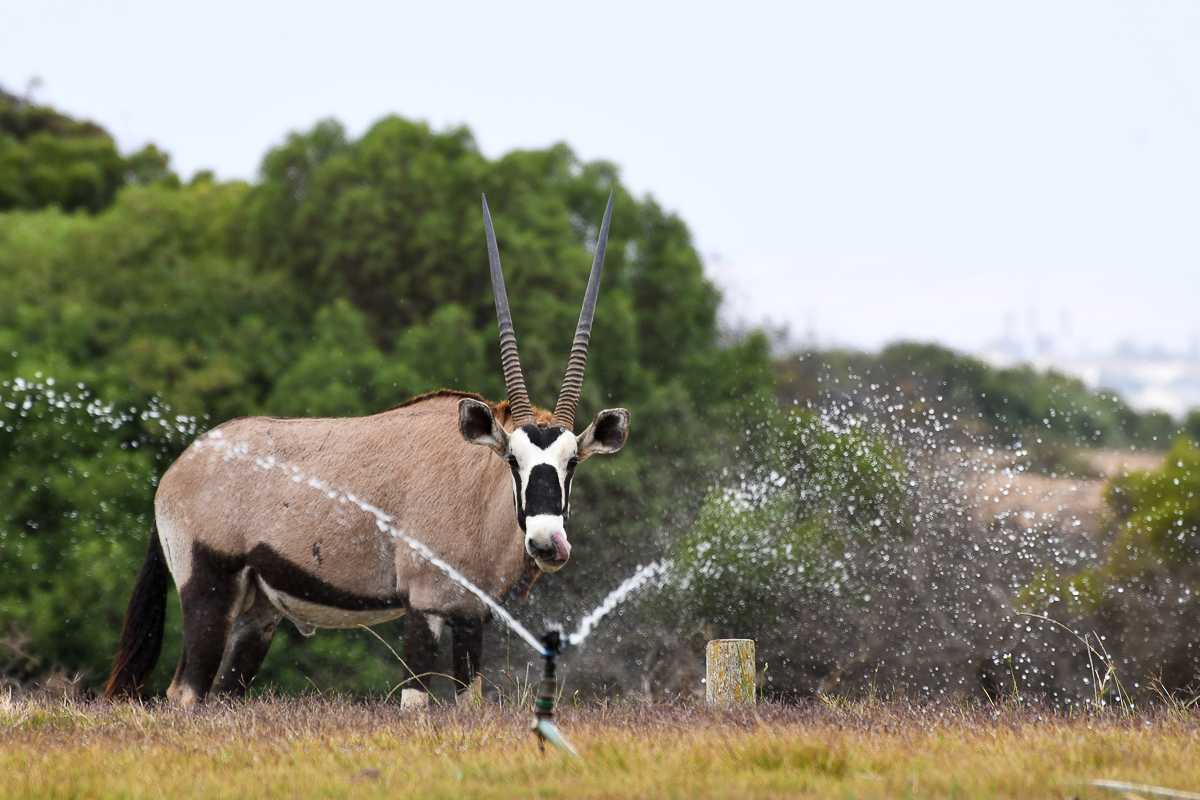
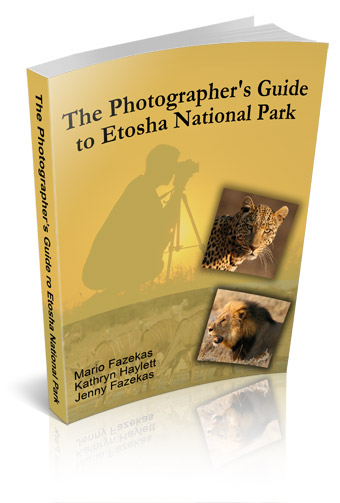
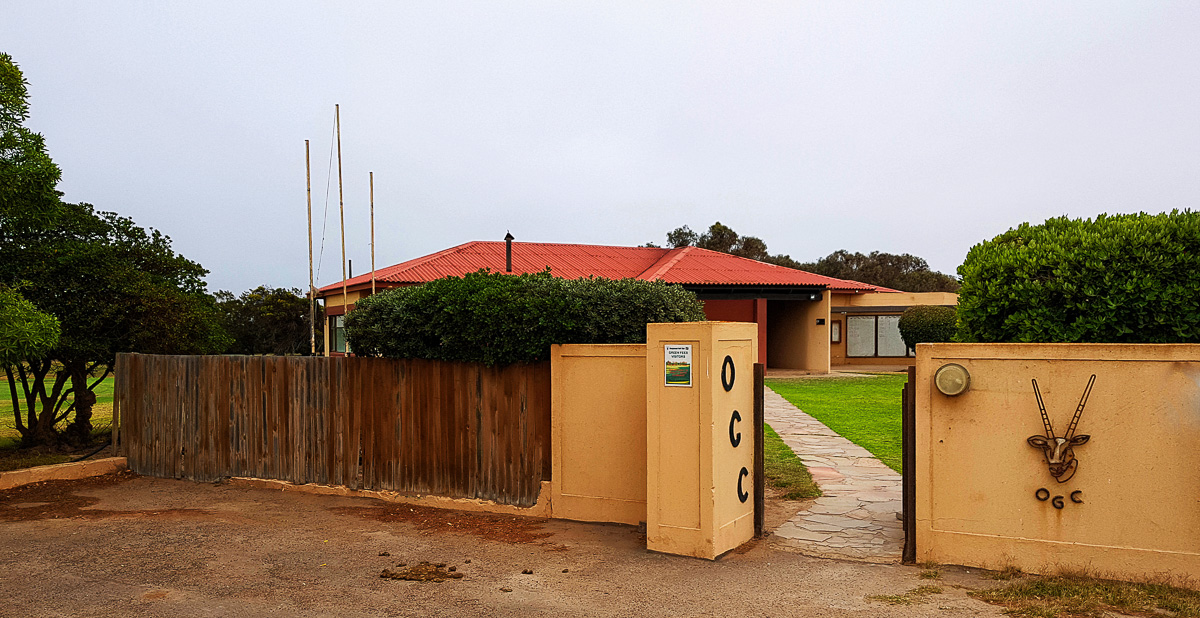
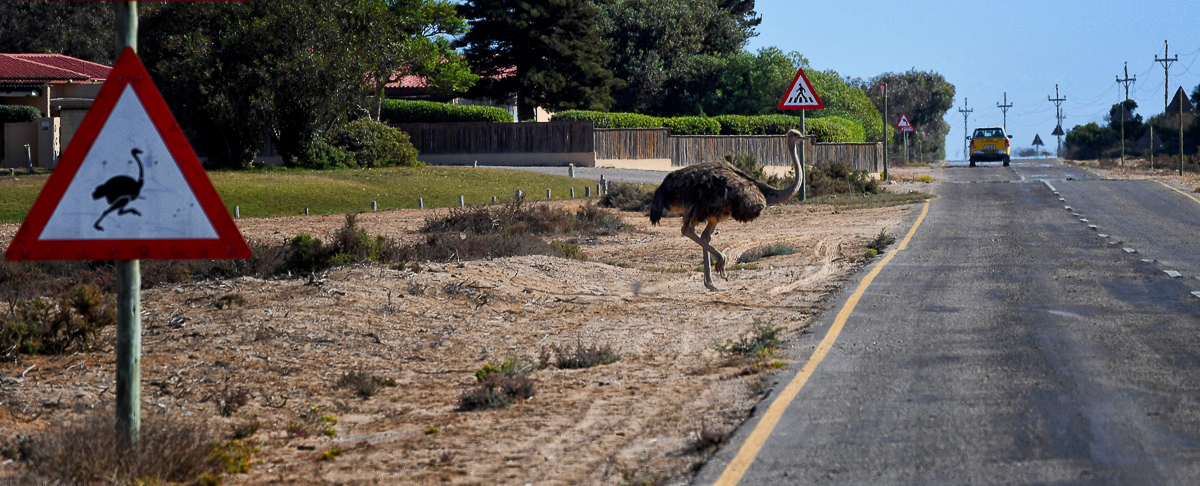
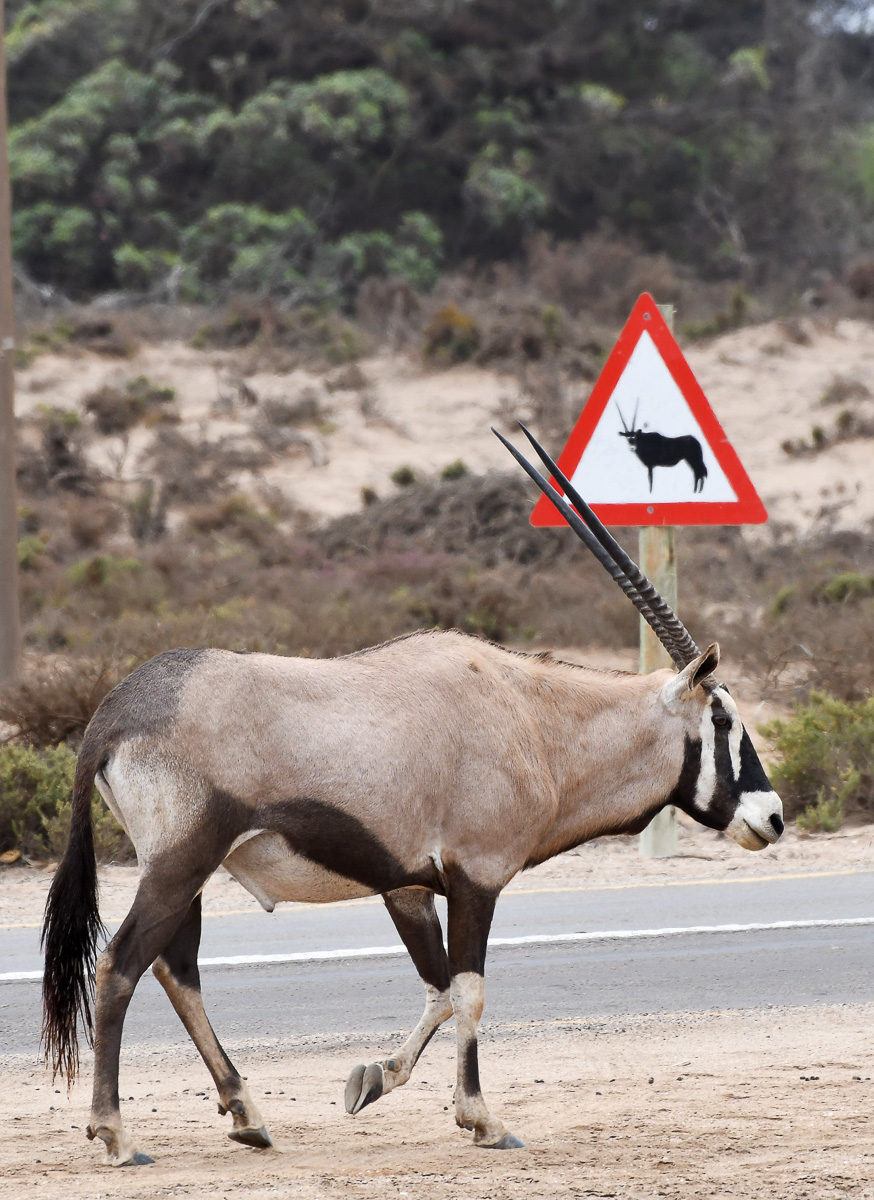
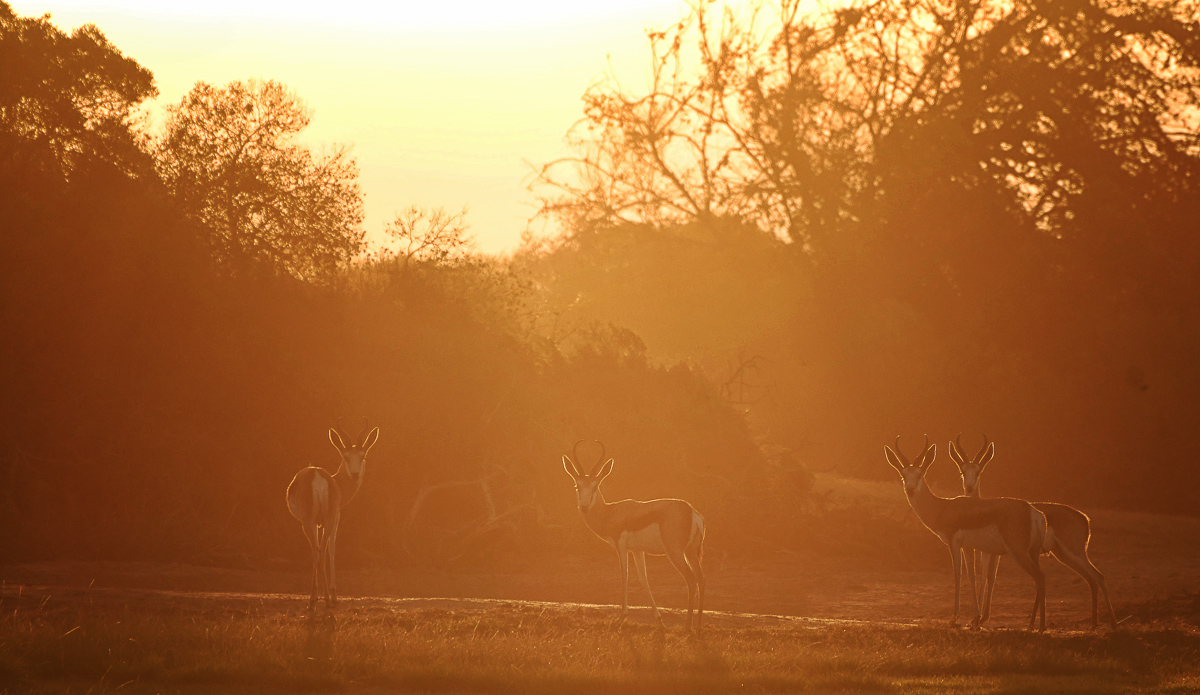
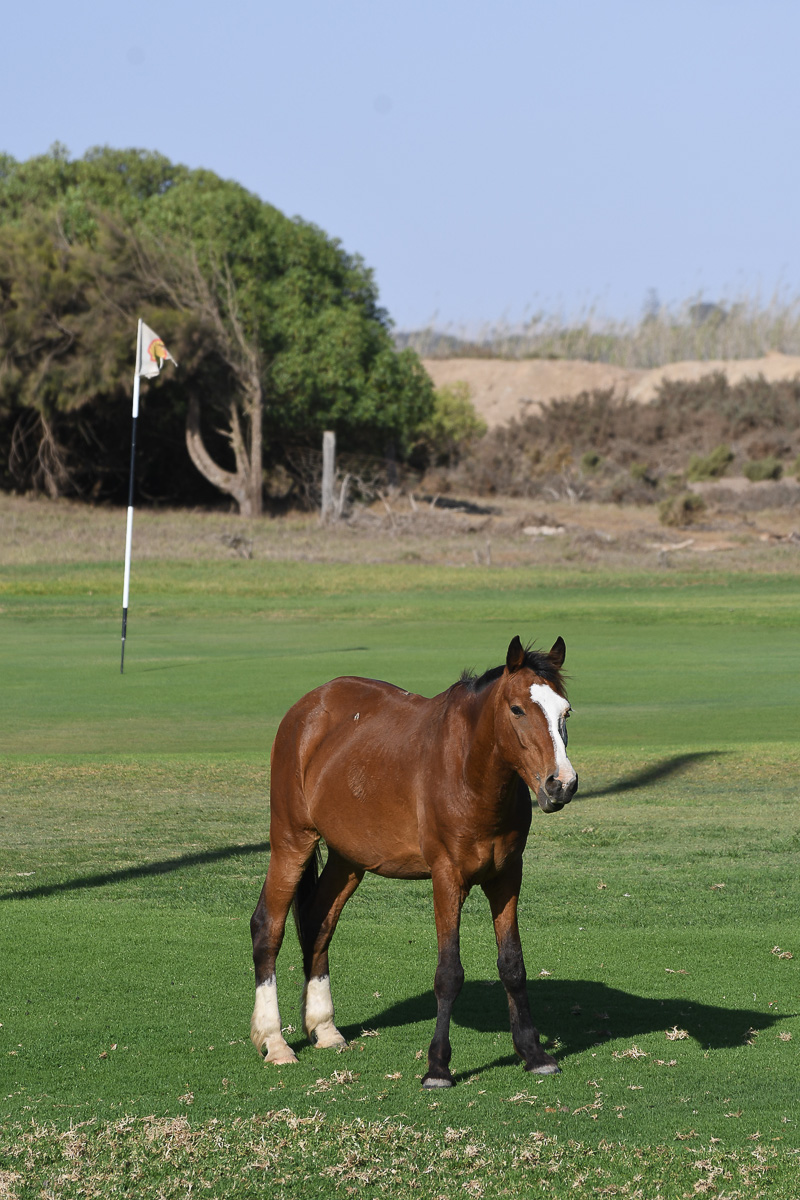
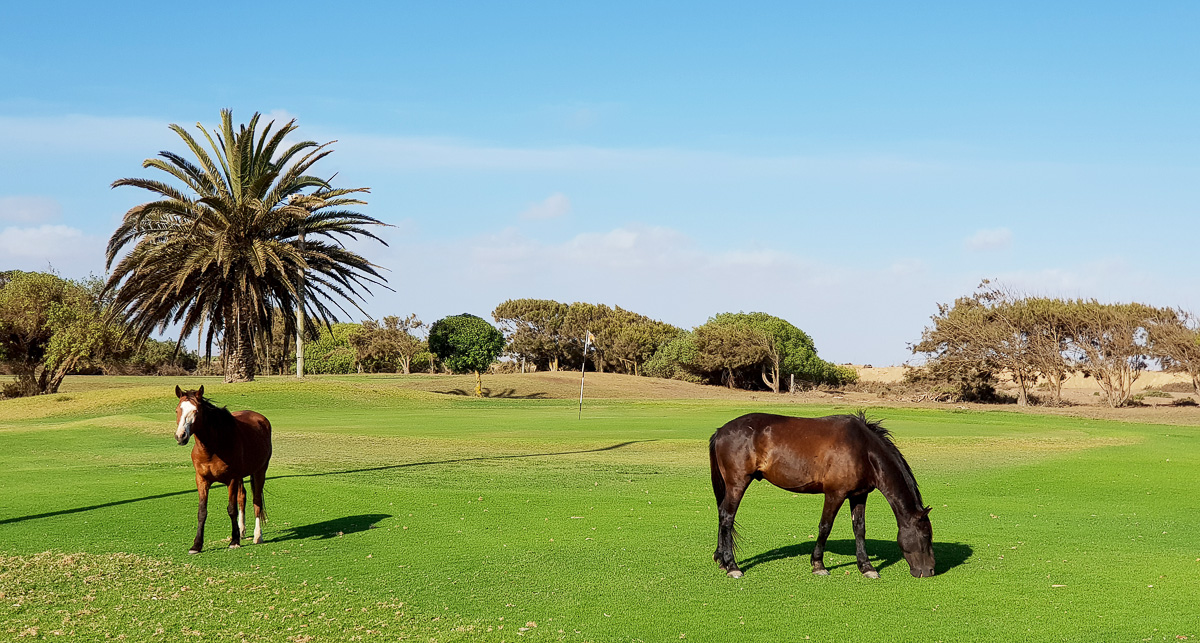
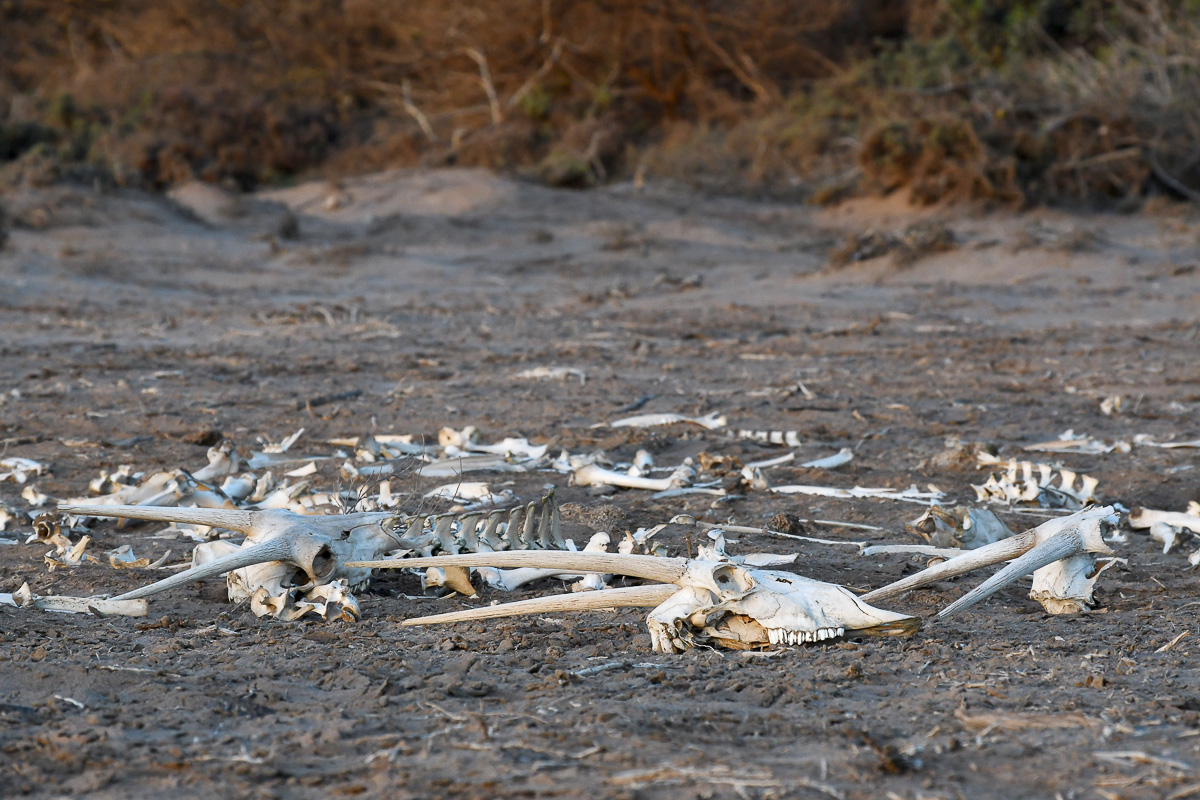
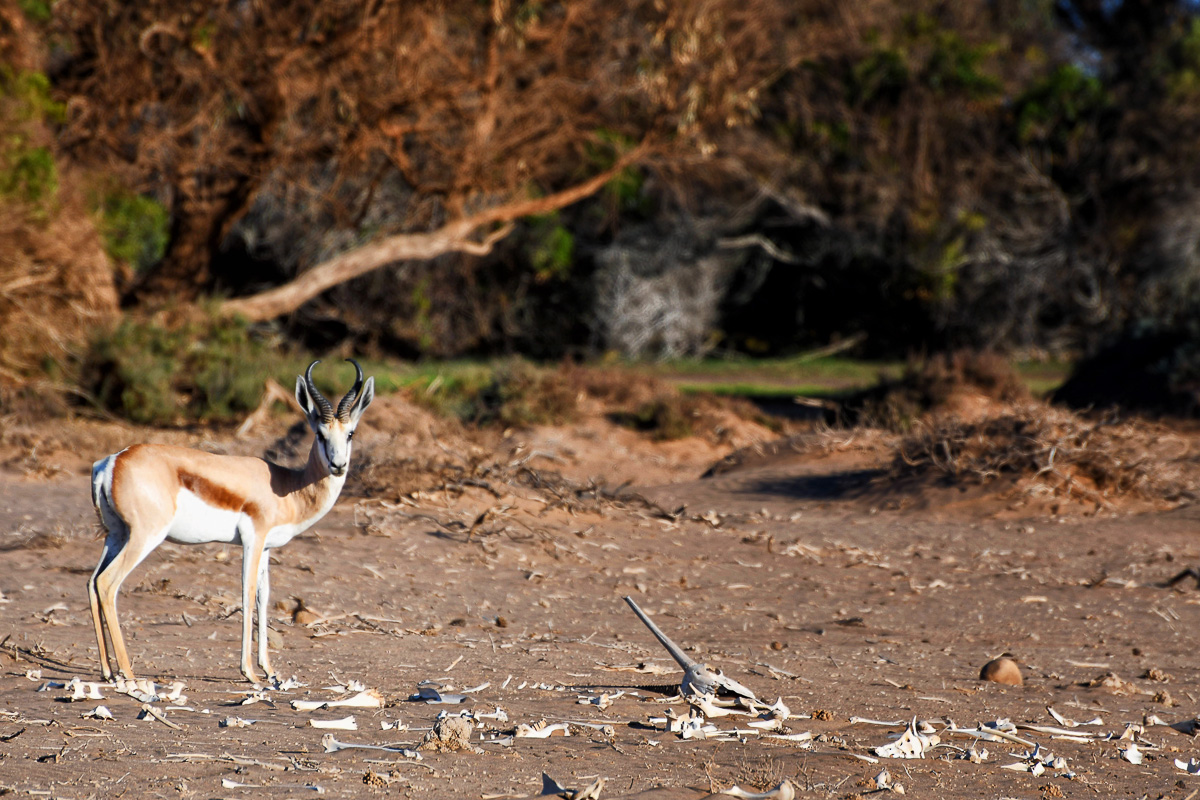
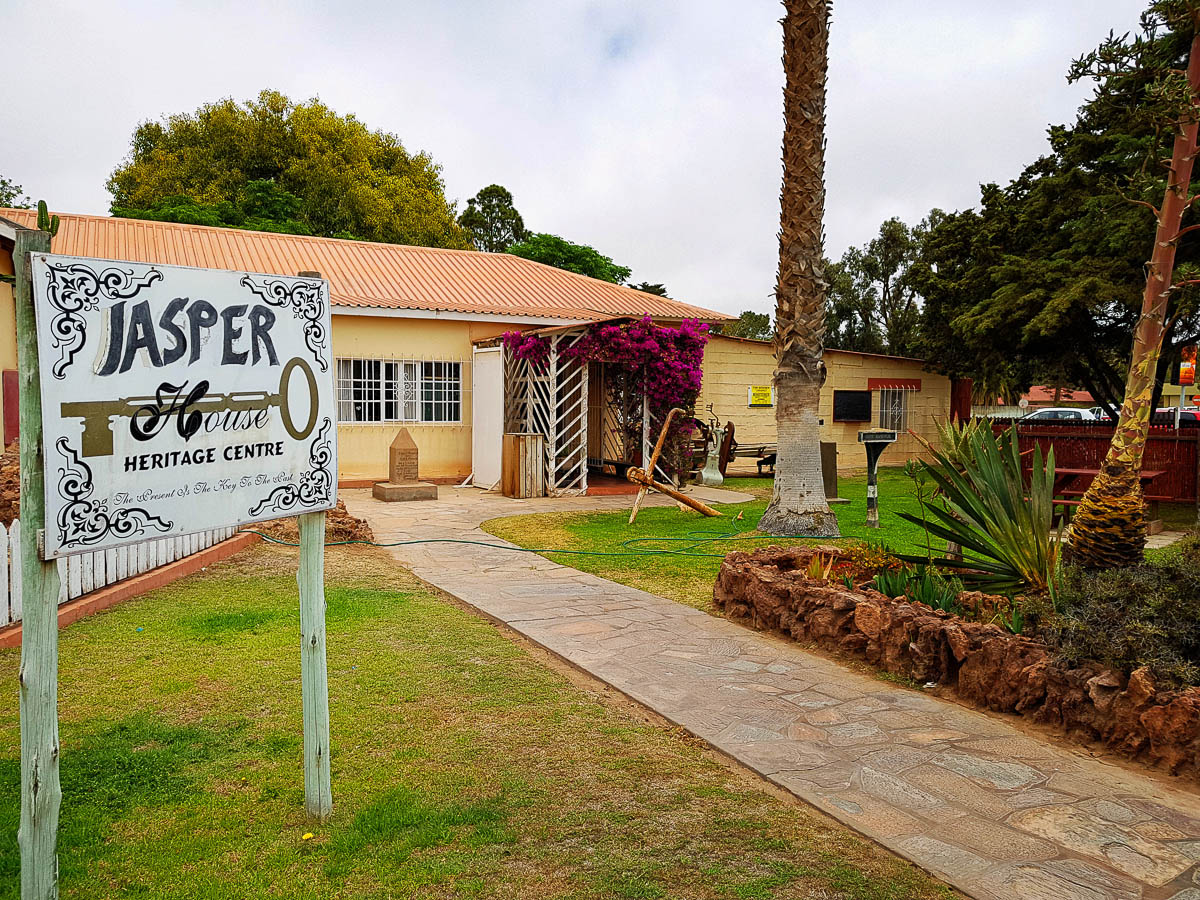

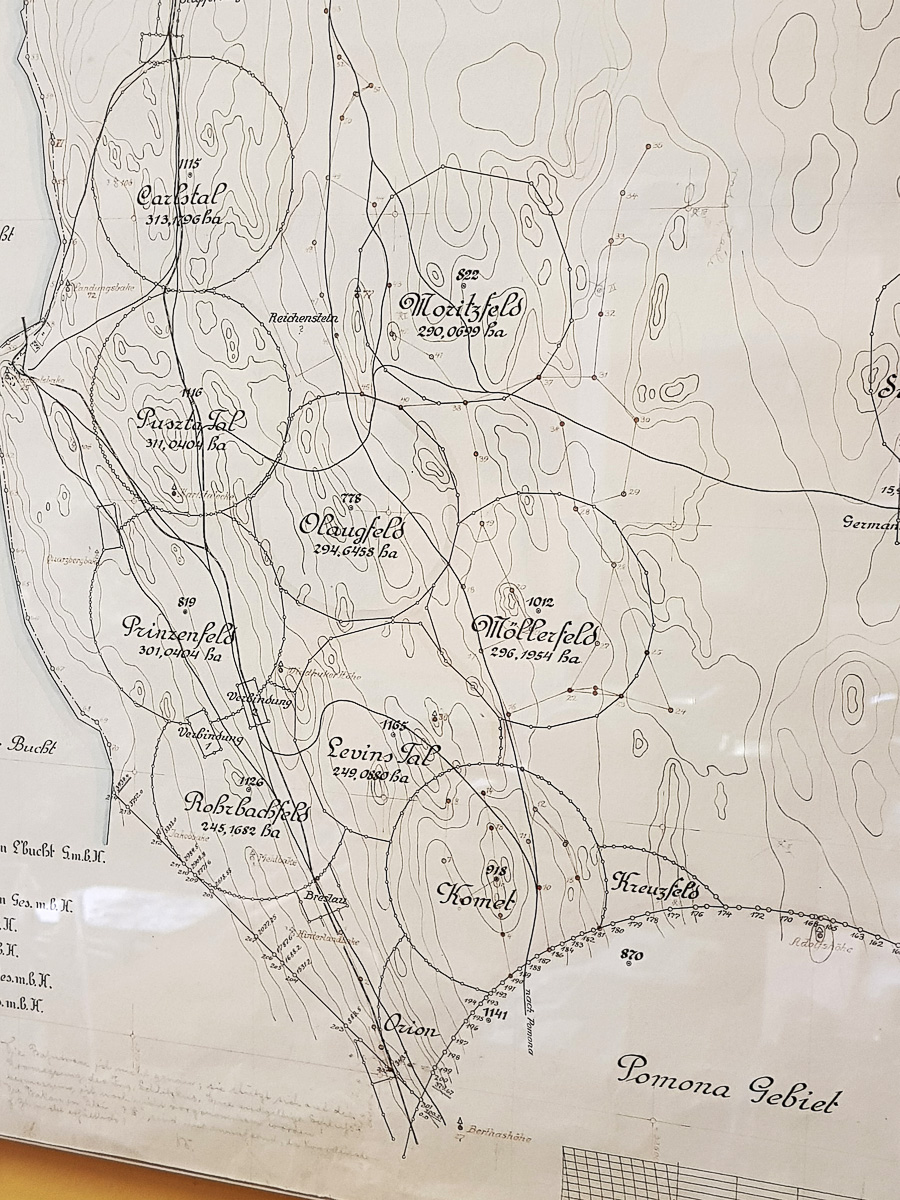
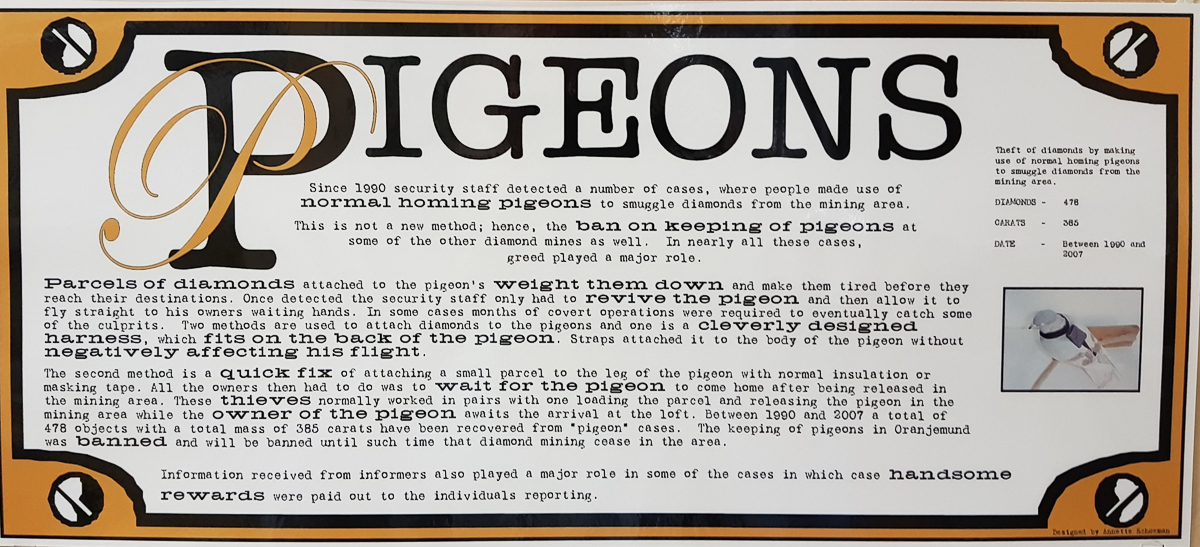
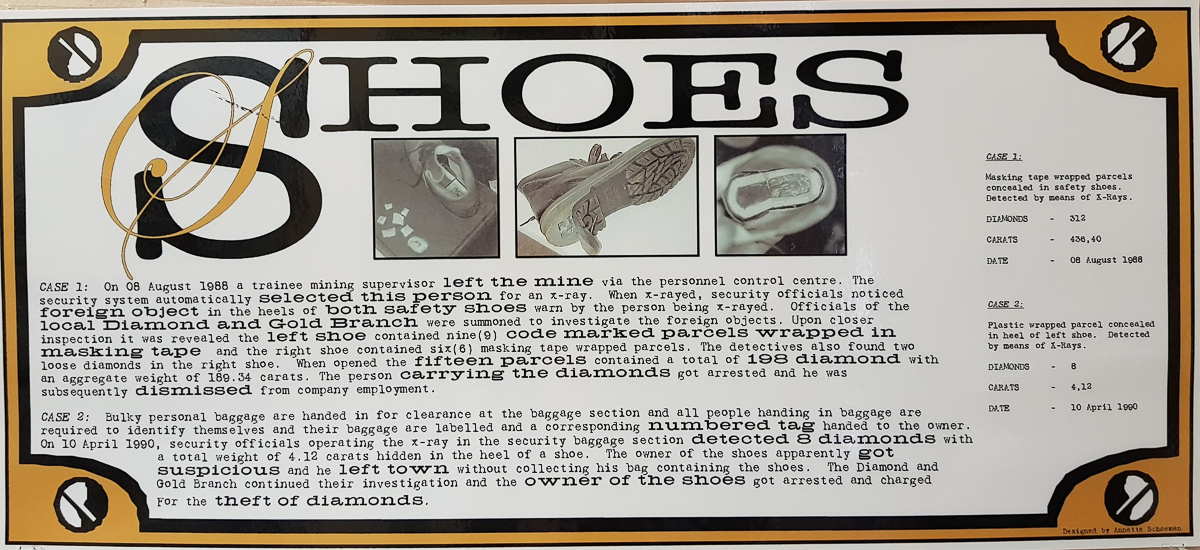
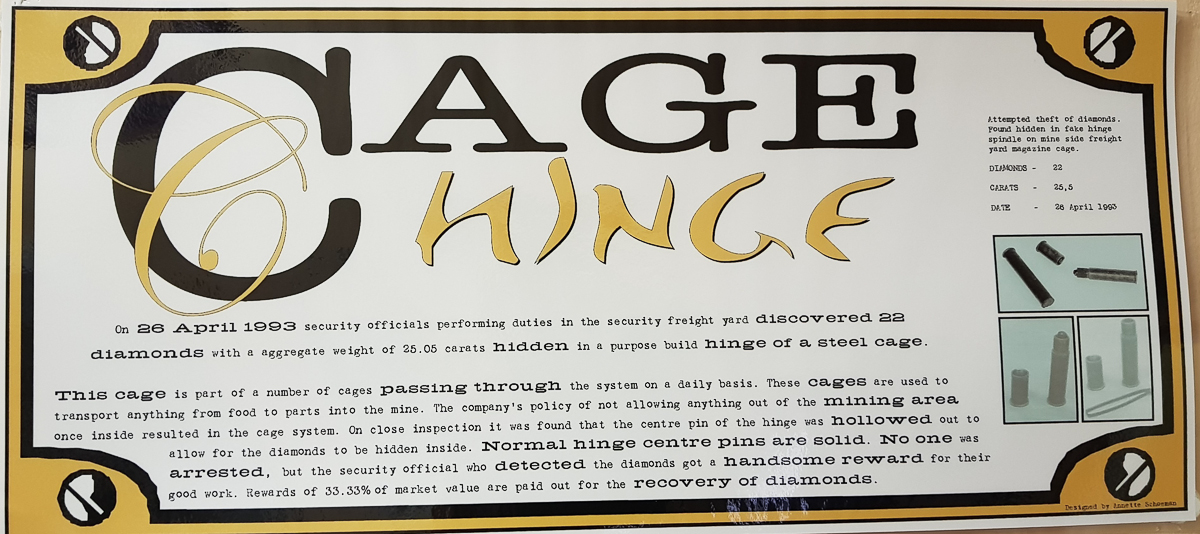
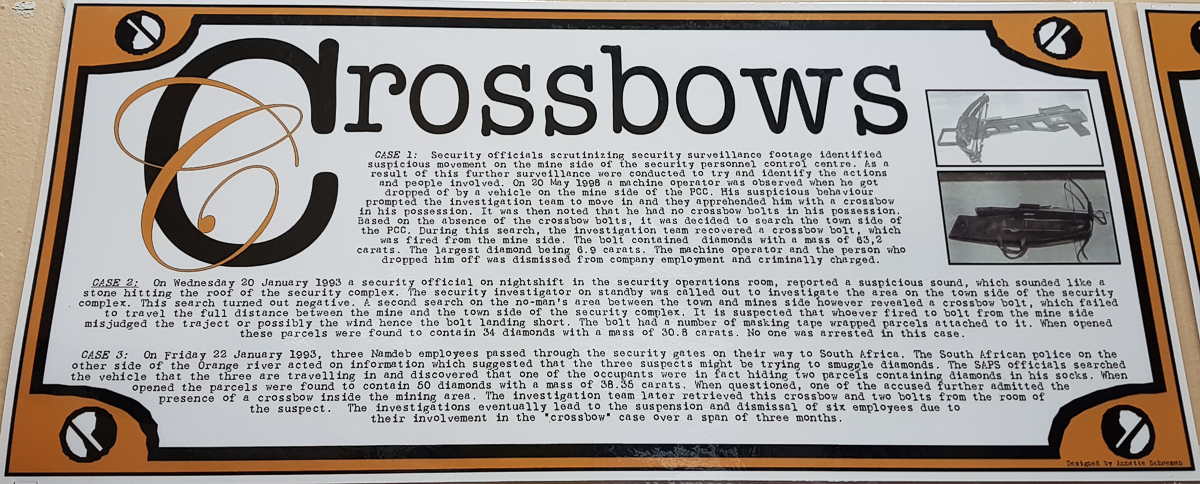
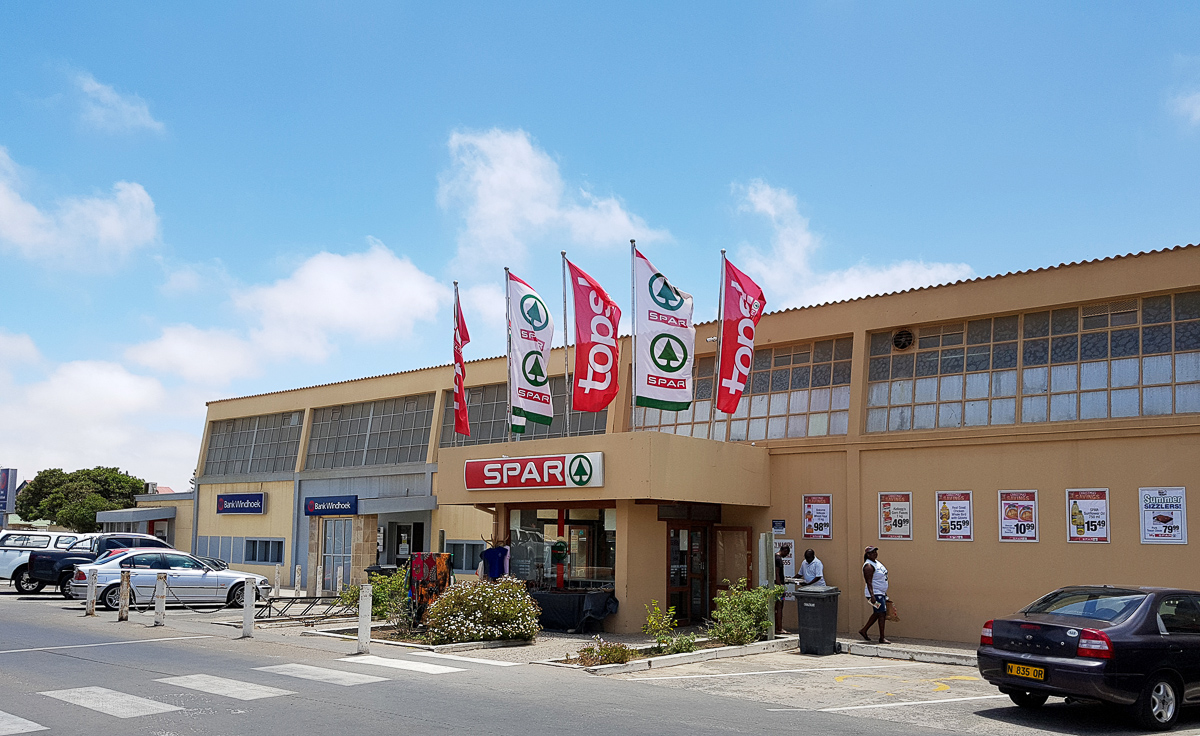











New! Comments
Have your say about what you just read! Please leave us a comment in the box below.